Sony BRAVIA 9 is undoubtedly a product from the very highest tier, and there is no “but” about it, as this is a fact, not a thesis. In every possible instance, you can see how much work the manufacturer has put into refining the dimming algorithms, which undoubtedly fulfill their role to every possible extent. Thanks to this, we can enjoy an extremely deep black and an incredibly vivid image. And since we are on the subject of the picture and backlighting, it is impossible not to mention the quality of HDR effects, which will illuminate the room, enveloping us with over 2000 nits of peak brightness. Such a result certainly looks impressive on paper, but you must trust us that it is even better in person. The manufacturer, known for his meticulous approach to image quality, has once again made an effort to ensure that his television conveys as closely as possible what the film director wanted to express, which he has effectively achieved. Sony Bravia 9 also offers an excellent experience for the user thanks to the Google TV system. The interface is intuitive, and with a rich library of applications, we have access to countless content that we can tailor to our own preferences. Integration with the Google voice assistant allows for quick and convenient searches for your favourite films, series, or music, as well as control of other smart devices in the home. It is these kinds of solutions that make using the television not only a pleasure but also simplifies everyday life. Unfortunately, not everything is perfect. Sony Bravia 9 still has room for improvement, especially concerning the HDMI port equipment. Sony BRAVIA 9 has only two HDMI 2.1 ports, one of which is eARC, designed for a soundbar or home cinema system. Given the high price of the equipment, one might expect four full HDMI 2.1 ports, and the lack of picture-in-picture (PiP) functionality is also a downside that can be annoying. Despite these shortcomings, it is hard not to notice how exceptional this equipment is. It is the first LCD television that can truly compete with OLEDs. Infinite contrast, fantastic picture quality, no compromises — Sony BRAVIA 9 is nearly perfect. Great picture, modern technologies, attention to detail make every screening an experience you won’t forget.
- Matching (Score)
- Our verdict
- TV appearance
- Where to buy
- Contrast and black detail
- HDR effect quality
- Factory color reproduction
- Color reproduction after calibration
- Smoothness of tonal transitions
- Image scaling and smoothness of tonal transitions
- Blur and motion smoothness
- Console compatibility and gaming features
- Input lag
- Compatibility with PC
- Viewing angles
- TV efficiency during daytime
- Details about the matrix
- TV features
- Apps
- Playing files from USB
- Sound
Sony Bravia 9 (XR90) vs Sony Bravia 8 MK2
Direct compare
BRAVIA 9 / XR90
Bravia 8 II / XR8M

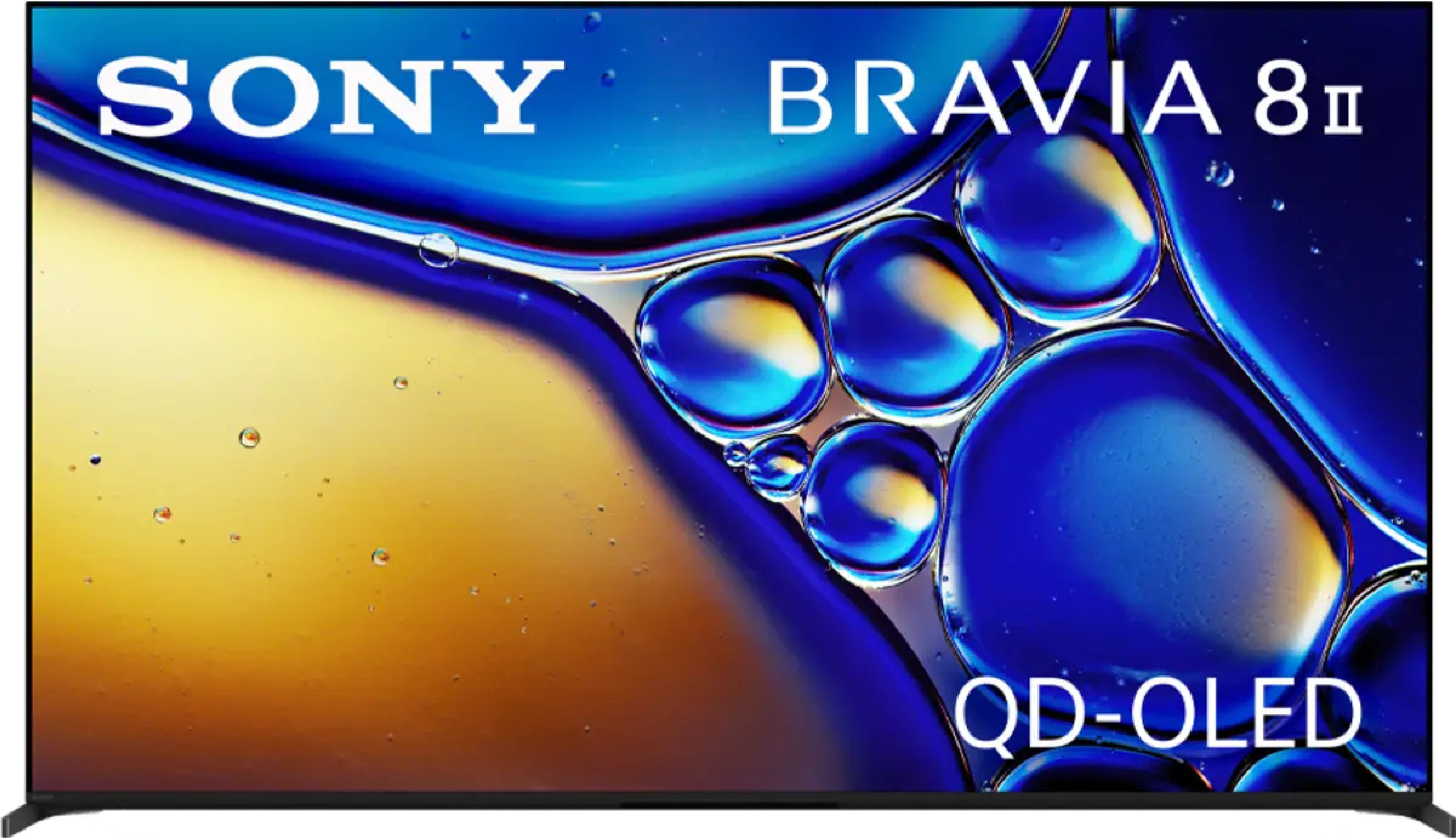
Panel type: LCD VA (wide viewing angle)
Resolution: 3840x2160
System: Google TV
Model year: 2024
Complete the survey to find out the result

Panel type: QD-OLED
Resolution: 3840x2160
System: Google TV
Model year: 2025
Complete the survey to find out the result

Overall rating
8.8
8.5
Movies and series in UHD quality
8.4
9.1
Classic TV, YouTube
8.4
9.4
Sports broadcasts (TV and apps)
8.5
9.0
Gaming on console
9.2
9.3
TV as a computer monitor
7.6
7.6
Watching in bright light
9.5
5.6
Utility functions
8.8
8.9
Apps
9.6
9.6
Sound quality
9.4
8.5
Complete the survey to find out what fits your preferences
Advantages
Amazing HDR material brightness results
Very good colour reproduction after calibration
Advanced motion smoothing system
Noticeable positive effect of the image processor
Faithfulness to the source material
Versatile GoogleTV operating system
Good (for a VA panel) viewing angles
Amazing Contrast and Black Levels
High brightness in HDR content
Great motion fluidity: QD-OLED 120Hz panel
Many features for gamers VRR, ALLM, HGIG, GameBar
Top-notch digital image processing quality (XR Processor)
A multitude of apps on the GoogleTV system
Two remote controls included
Phenomenal sound with DTS audio and Dolby Atmos support
Disadvantages
Only 2 HDMI 2.1 ports - including one ARC
No picture-in-picture (PiP) feature
Only Two HDMI 2.1 Ports: One of the HDMI 2.1 ports is used for eARC (Soundbar)
Cherry Black Effect in Bright Light: The QD-OLED panel causes blacks to lose their depth in strong lighting
Average Brightness in SDR Mode (competition at this price can do a lot more)
No additional smoothness modes for PC gamers
Our verdict
Sony Bravia 8 II is undoubtedly a worthy successor to the A95L – refined, incredibly versatile, and featuring several notable improvements over its predecessor. The quality of the picture, sound, and overall user experience place this model among the top premium televisions of 2025. It is equipment that can charm both cinema enthusiasts and demanding gamers. Among its greatest assets is the nearly perfect image, in which the XR processor subtly yet effectively enhances detail and smoothness without overdoing it in terms of interference with the original material. Additionally, there is the phenomenal Acoustic Surface sound, creating the impression that dialogues and effects come straight from the screen. Google TV operates very smoothly, offering an enormous selection of applications, and additional features – such as the ability to play in the cloud on a PlayStation console or access to Bravia Core – increase the device's value. There is also no shortage of low input lag, variable refresh rate, and full support for modern HDR formats.
Nonetheless, in this barrel of honey, there are a few spoonfuls of tar. The lack of refresh rates above 120 Hz, only two HDMI 2.1 ports, and average performance during the day are downsides that should not exist in a television of this class in 2025. And while for many these will not be flaws that negate the purchase, competition in the super premium segment is becoming increasingly stronger and more uncompromising. Will these shortcomings make it harder for the Bravia 8 II to compete for customers' wallets? That we leave to your judgment, the market… and the sales results. Regardless, the Bravia 8 II is a phenomenal product that would undoubtedly be hard to not recommend.
TV appearance




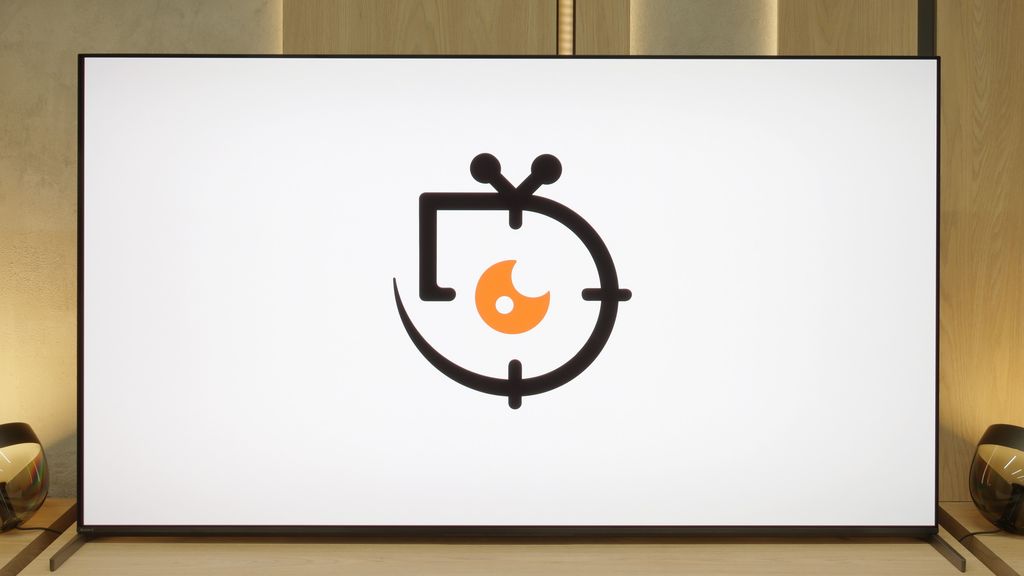
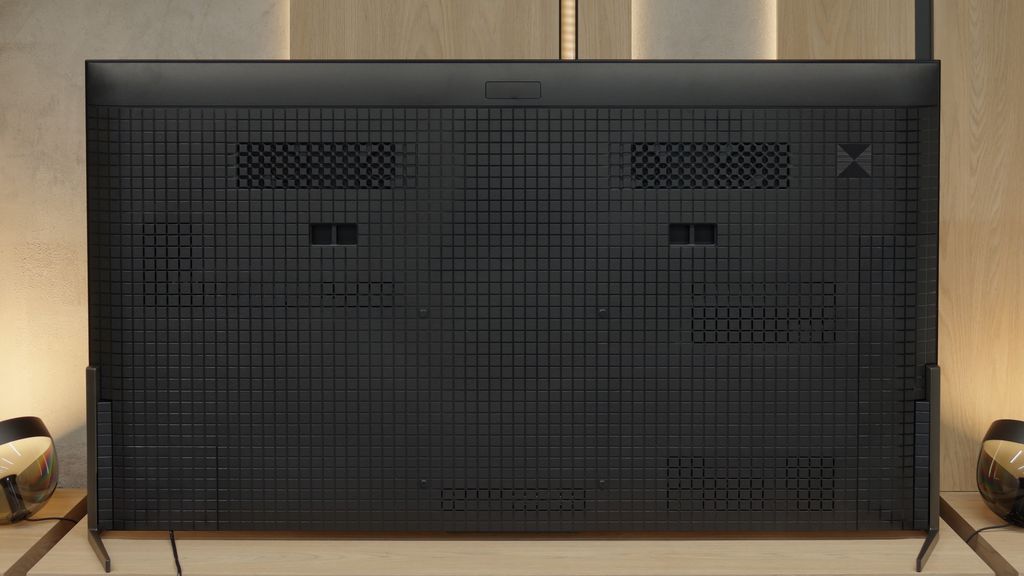
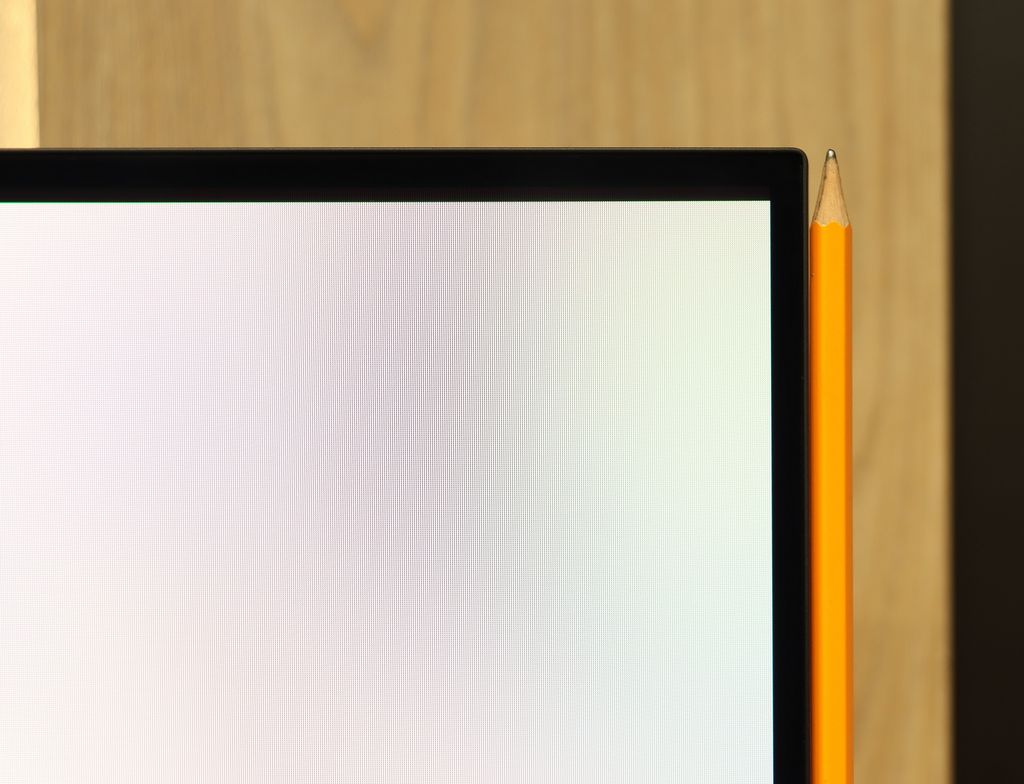
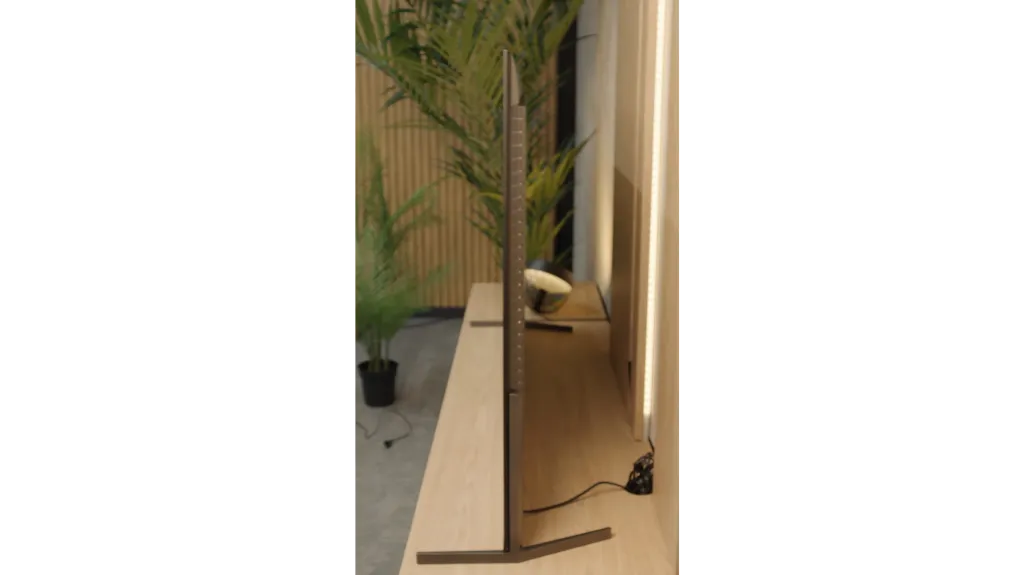
Contrast and black detail
8.6/10
10/10
Local dimming function: Yes, number of zones: 1920 (60 x 32)
Contrast:

Result
184,000:1

Result
98,500:1

Result
120,000:1

Result
9,050:1

Result
5,800:1

Result
∞:1

Result
∞:1

Result
∞:1

Result
∞:1

Result
∞:1
Halo effect and black detail visibility:

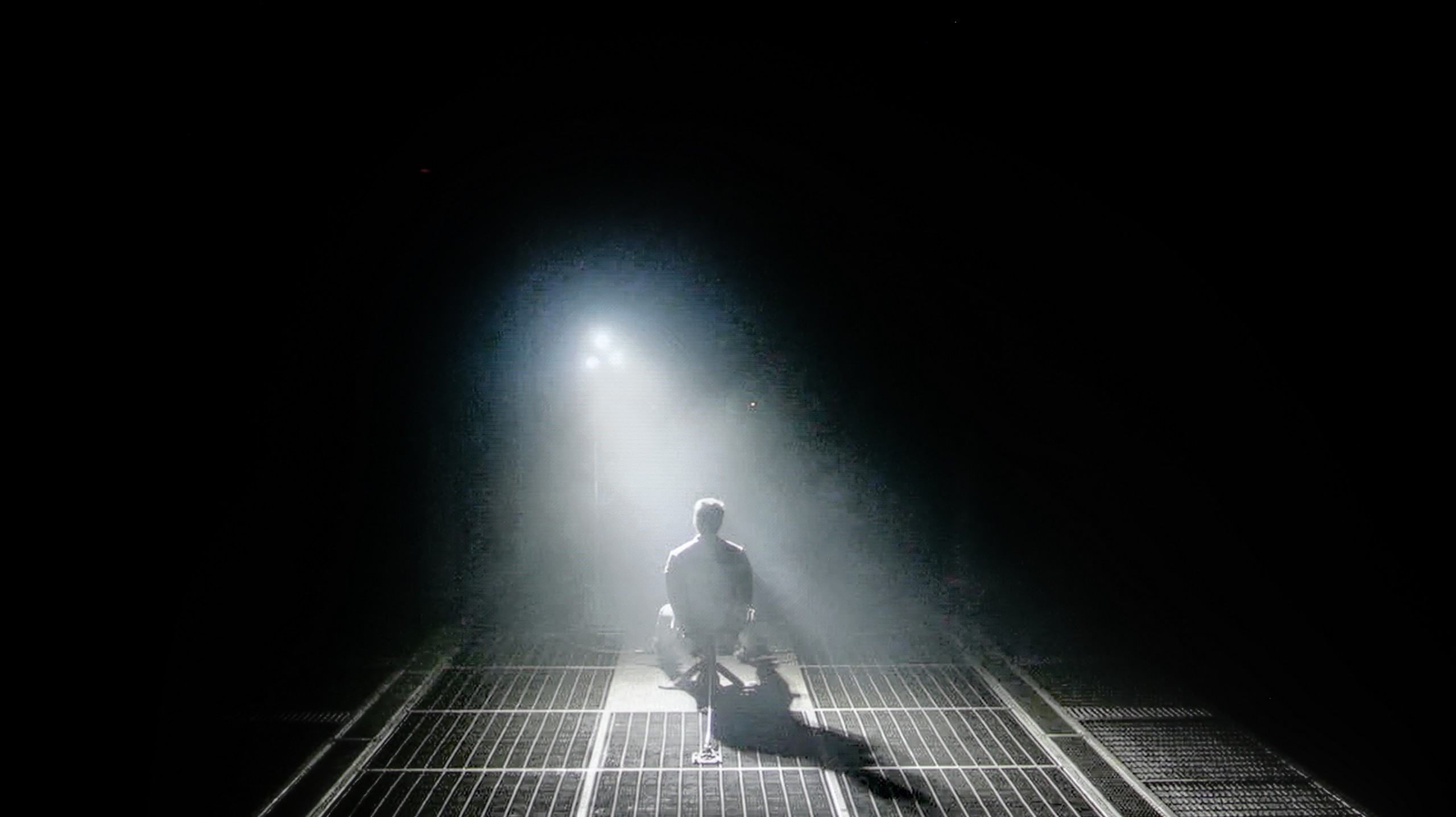
Similarly, the Sony Bravia 9 utilises a high-contrast VA panel, supported by backlighting composed of Mini LED diodes. The total number of zones for the 75" size, which we tested, was 1920. The combination of such a number with advanced, and confidently one could say — the best zone dimming algorithms yields excellent results in contrast and black levels. Practically each of the scenes can showcase an incredibly deep and immersive image. Of course, the last two will not provide us with blacks akin to those of OLED televisions, although it cannot be said that the results are poor, as a significant portion of competing televisions will not deliver such a faithfully reproduced directorial vision. Looking below at two test scenes from Sony Bravia 9 from the film Oblivion and Sicario 2, we can observe the very mature behaviour of the backlighting algorithms, which do not allow for preserving black at the expense of the original image. Of course, the blooming effect still occurs here due to the operation of the television's zones (it can be observed on the small lights on the helicopter), but it is definitely one of the best LCD televisions we have tested in terms of black levels and contrast.
In terms of black levels and contrast, the Sony Bravia 8 II is absolutely top-notch – and I mean that in every sense of the word. Here we have a QD-OLED panel that naturally offers contrast close to infinity. This means that each pixel can completely turn off, resulting in truly black areas of the image, rather than dark grey or navy. The effect is particularly striking in cinema conditions when the lights in the room are dimmed – at that point, the picture takes on real depth and a filmic quality. The Bravia 8 II also impresses with its light separation in challenging scenes. Sample materials from films like Oblivion demonstrate how precisely the television can separate subtle light sources from the surrounding darkness – without blooming or blurring, which still occurs in the best LCD televisions (even the Bravia 9). Furthermore, bright elements maintain their full intensity even against absolute black. This not only creates a significant visual impact but also translates to better detail reproduction in high-contrast scenes, which is particularly important in HDR content.
HDR effect quality
8.6/10
8.4/10
Luminance measurements in HDR:

Result
2199 nit

Result
1700 nit

Result
1717 nit

Result
1751 nit

Result
1741 nit

Result
1922 nit

Result
2034 nit

Result
1999 nit

Result
2026 nit

Result
770 nit
Scene from the movie “Pan” (about 2800 nits)

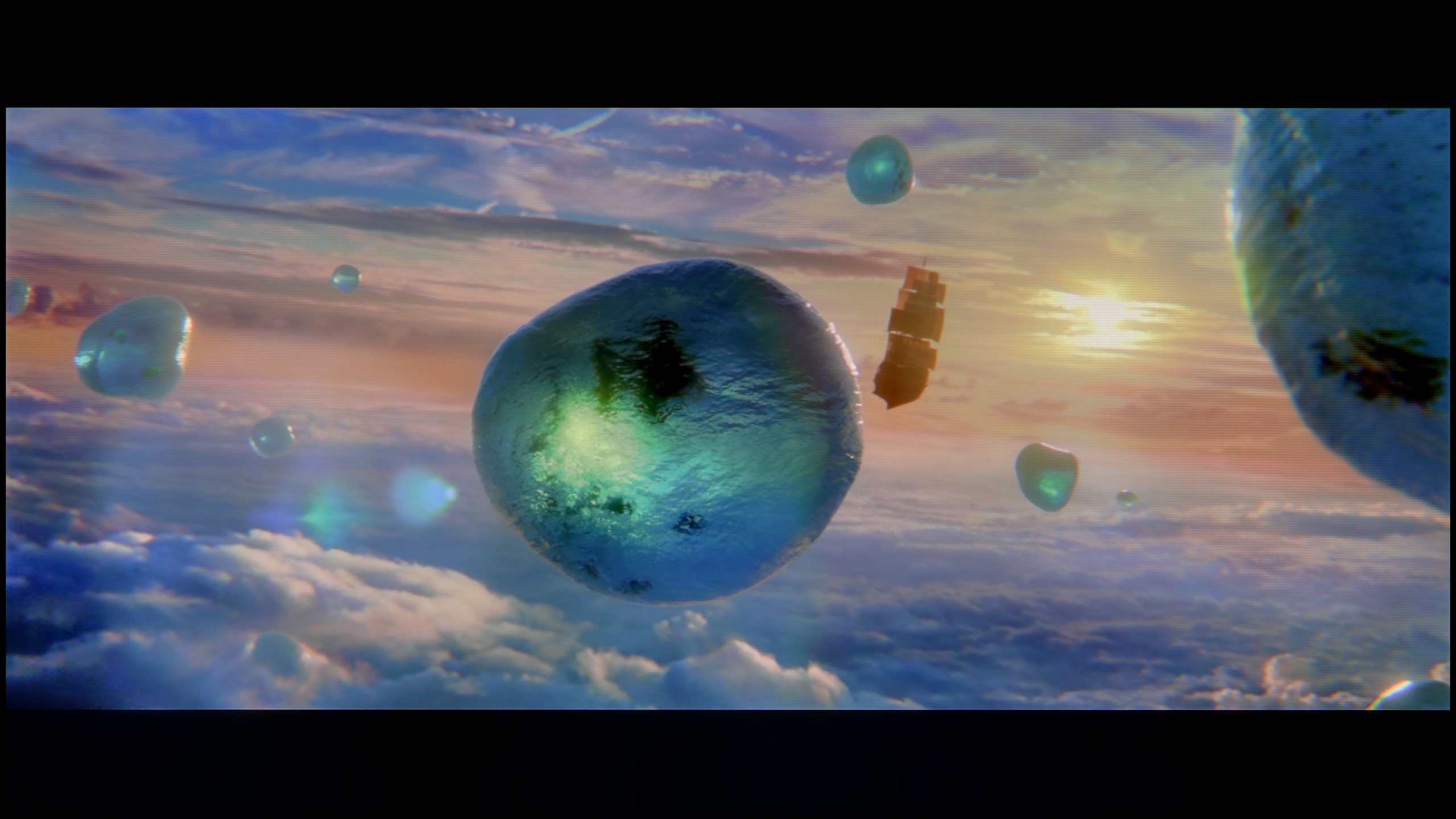
Scene from the movie “Billy Lynn” (about 1100 nits)

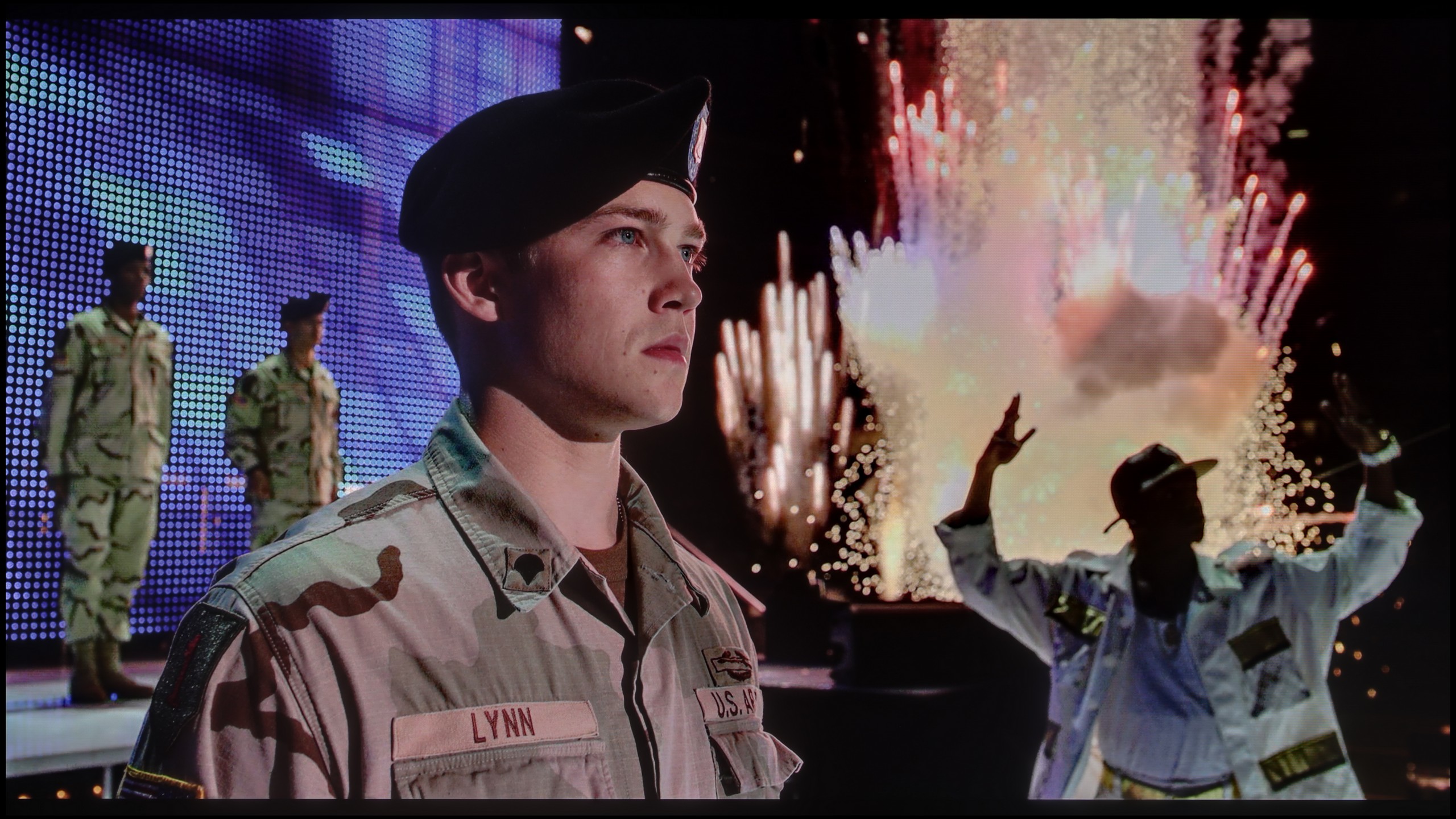
Static HDR10


Dynamic: Dolby Vision
Dynamic: Dolby Vision


HDR luminance chart:
Sony Bravia 8 MK2
HDR luminance
Sony Bravia 9 (XR90)
HDR luminance
The results of brightness measurements on the Sony Bravia 9 are phenomenal. Each scene reaches well over 1500 nits, and when watching films, the television can sometimes shine even brighter. It goes without saying that such brightness allows for unprecedented experiences and engagement with video material at the highest possible quality. Thanks to the high coverage of the DCI-P3 colour palette, the image is full of colours and, combined with such high luminance, it practically breathes. With high peak brightness, viewers can enjoy the full range of colours even in the most challenging scenes, such as those based on dynamic lighting changes. The Bravia 9 offers support for Dolby Vision and HDR10 formats, which further enhances the viewing experience.
Thanks to the new QD-OLED panel, the Sony Bravia 8 II can achieve astronomically high brightness levels of around 2000 nits, translating into nearly reference-quality for films and series recorded in HDR format. In test materials such as Life of Pi and Sicario 2, the effect is truly captivating – details in bright areas of the image remain perfectly visible, and night scenes enchant with depth and contrast. However, it is not perfect. Compared to its fiercest competitors, the Bravia 8 II shows a noticeable drop in brightness during full-screen, very bright scenes. When comparing maximum peak luminance with 100% white brightness in HDR mode, the Bravia 8 II appears even two or three times dimmer than LG G5 or Samsung S95F models. This was especially evident in a scene from the film The Meg – the screen became noticeably darker than in competing televisions. Despite this shortcoming, the results of the Bravia 8 II still place it among the top of the market. It deserves praise for its absolutely top-tier colour gamut coverage – nearly 100% DCI-P3 and close to 90% BT.2020. These parameters allow for fully extracting the potential of HDR content and providing experiences akin to those in a cinema within the comfort of home.
Factory color reproduction
8.1/10
8/10


Factory Mode
After calibration
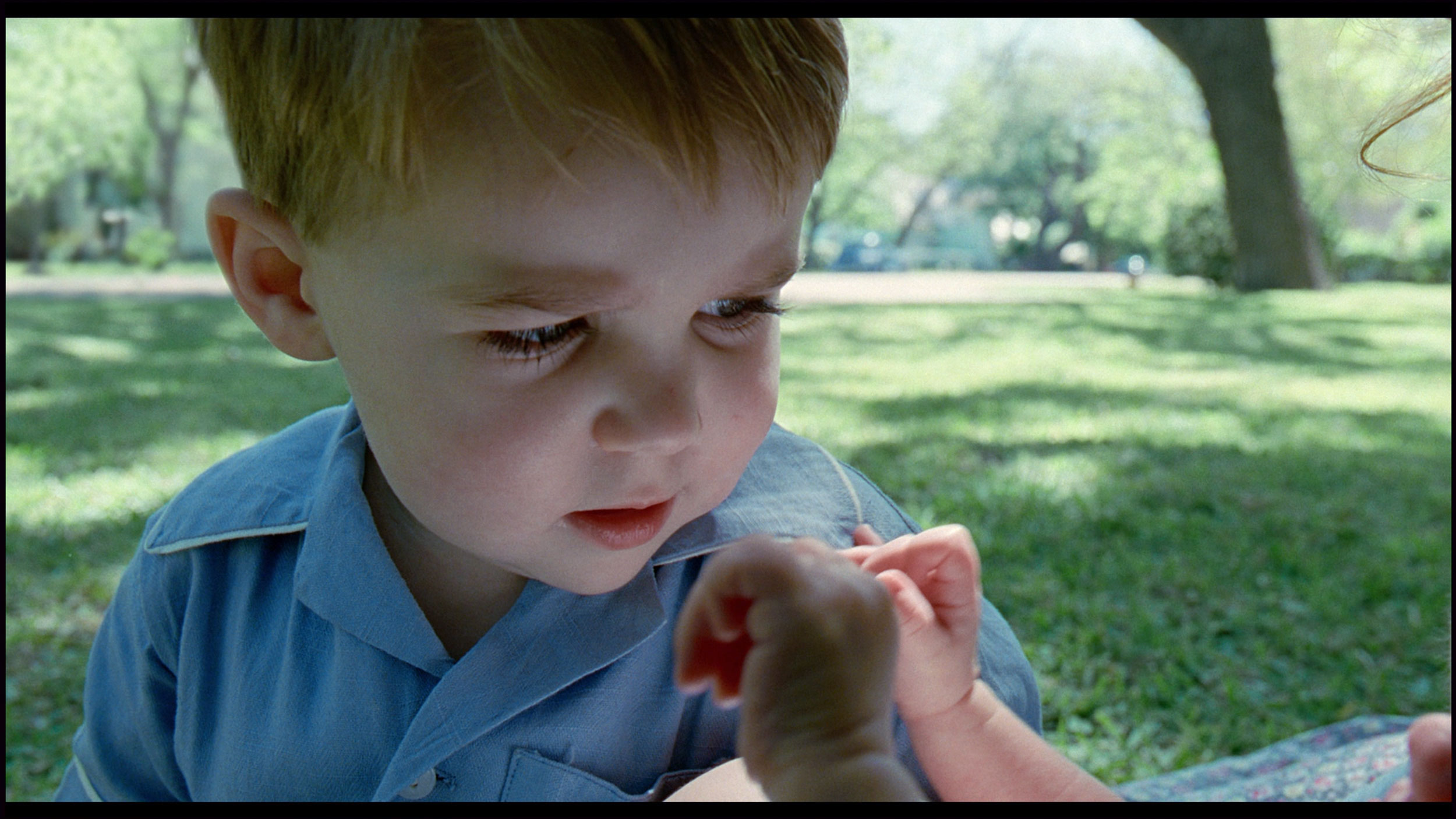
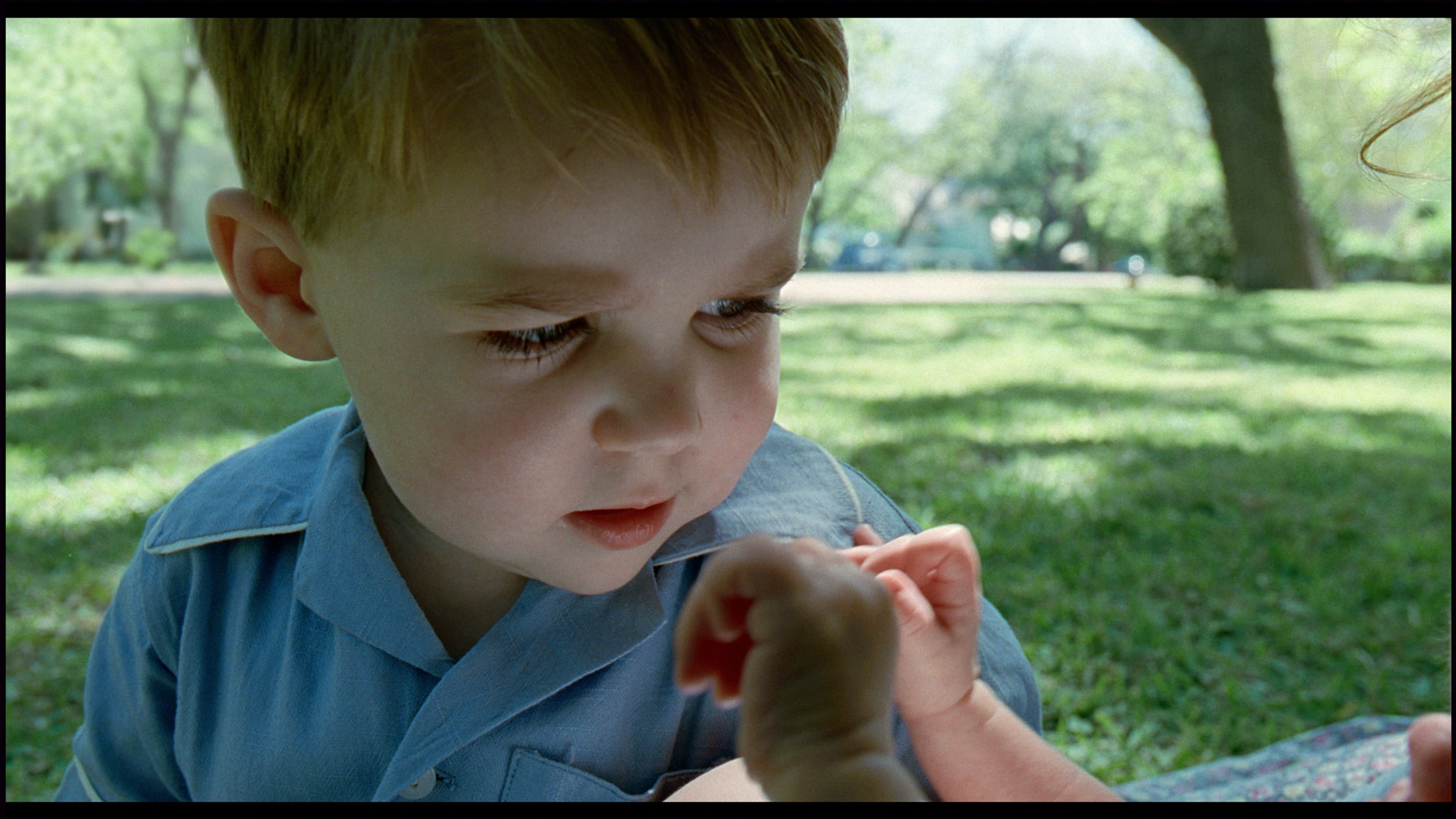
Factory Mode
After calibration
The best factory mode in Sony televisions has consistently remained "IMAX Enhanced" for years. It was this mode that we used throughout the entire testing procedure. Although it is indeed the most similar to the standard compared to other predefined options, it has a number of aspects that can be improved to make viewing even more enjoyable. When we look at the gamma in SDR materials, we notice quite a significant boost that will be associated with image contrast. It is worth noting that the very beginning of the graph has an even greater rise compared to the reference, leading to a blending of details in the blacks, creating a uniform blot. The EOTF curve in HDR content looked quite correct and exhibited only minor deviations from the reference. However, a common feature for both was: a green colour dominance in white balance, issues with greys and overall colour misalignment. The aspect that stood out the most was related to the uneven distribution of hues in white balance. Due to the excess of the aforementioned colour, the image was covered with an unpleasant greenish tint.
Straight out of the box, the Bravia 8 II performs quite well. In the best IMAX® Enhanced mode, the television is able to render colours in a pleasant and natural way, although “good” doesn’t mean “best in class” here. The white balance definitely needs adjustment – skin tones tend to lean towards slightly pink/cool hues, both in SDR and HDR materials. We also noticed that the characteristic of the EOTF curve reveals a certain tendency to brighten the darkest parts of the image. This is probably due to the manufacturer’s desire to highlight as many details as possible even in deep shadows. Is this a good approach? It’s hard to say definitively, but we know one thing – it is not an ideal solution.
Color reproduction after calibration
9.3/10
9.2/10

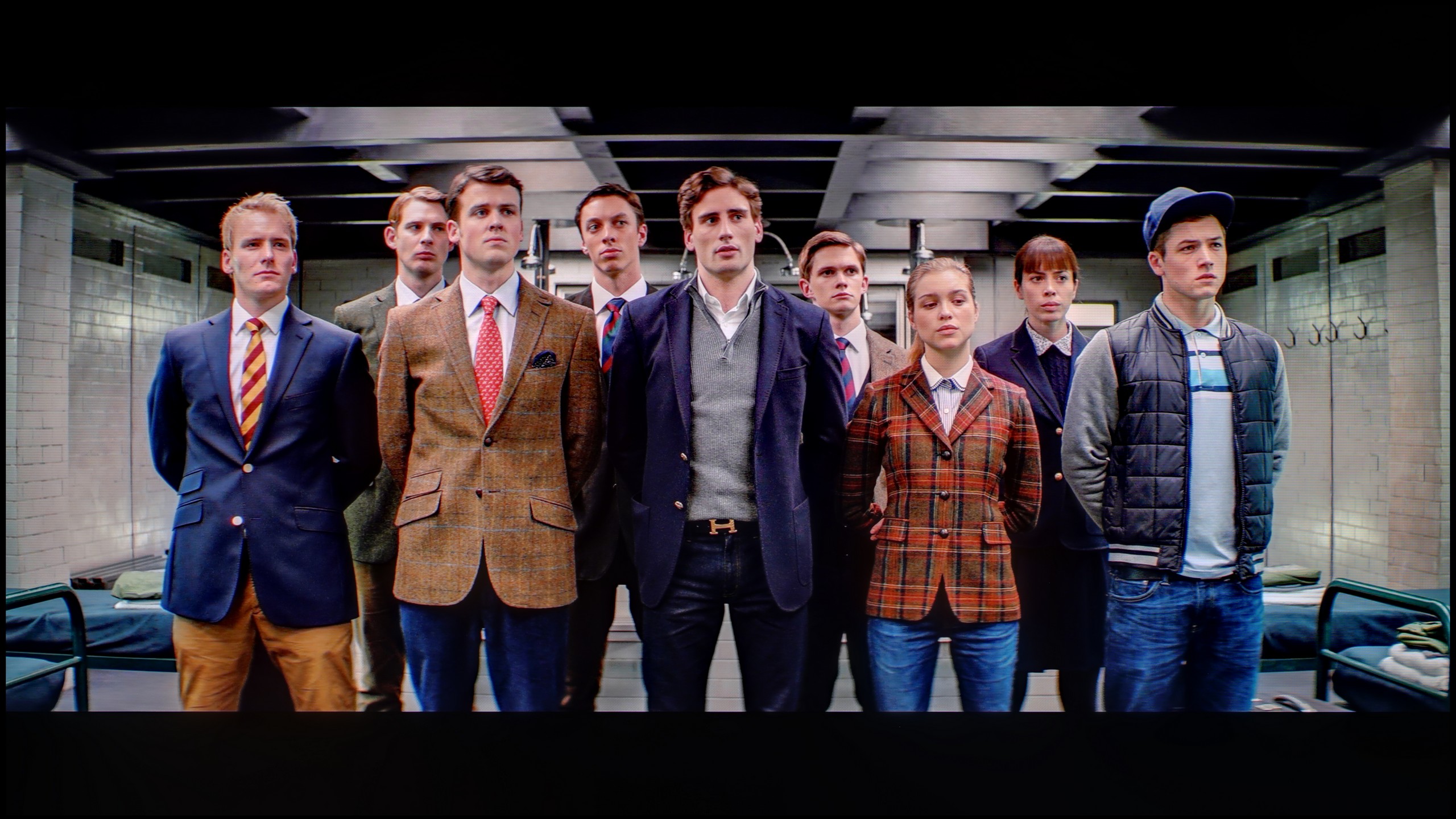

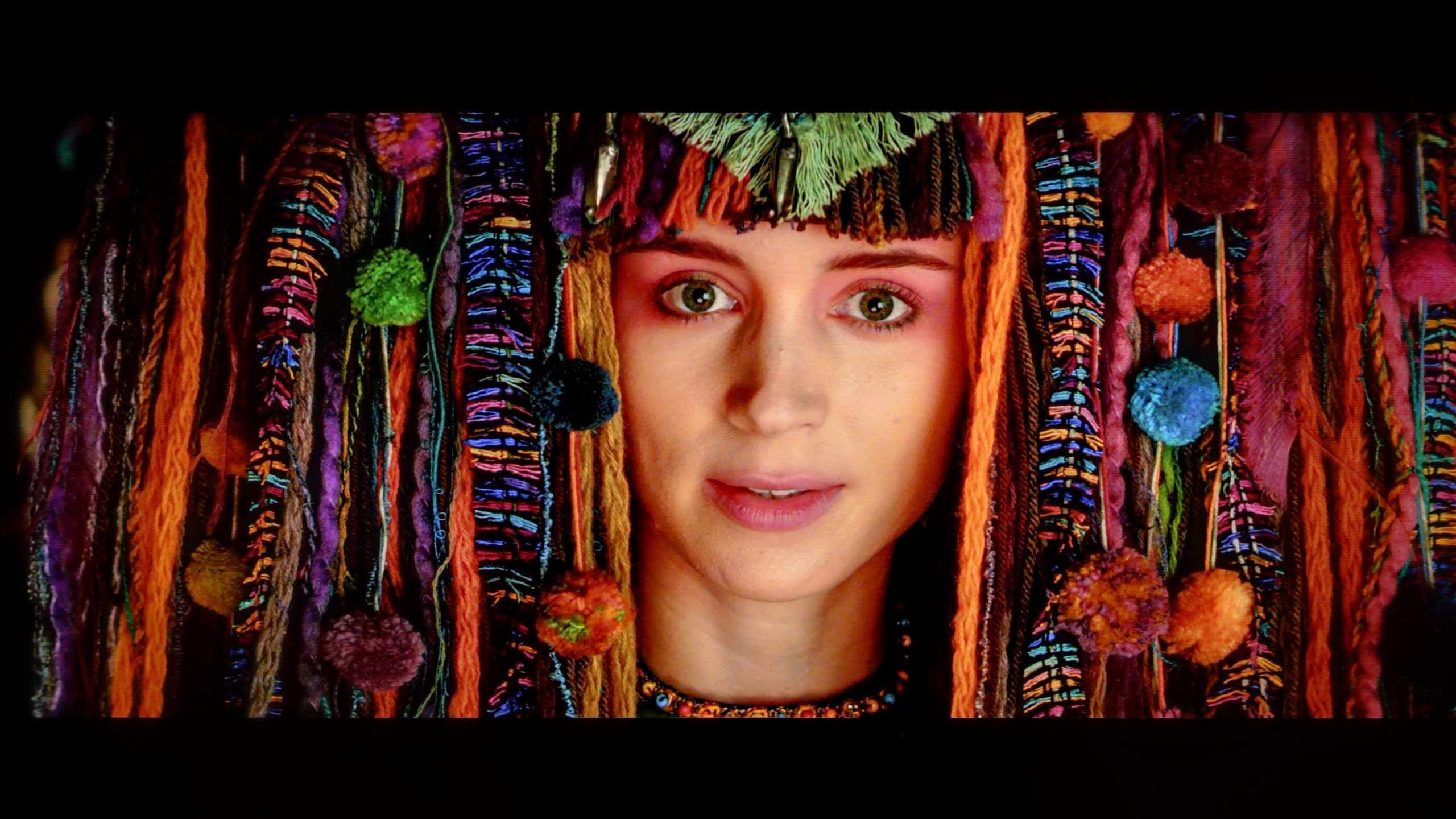
The colour reproduction after the calibration process should be regarded as excellent. Regardless of the signal, whether SDR or HDR, we can expect an image that is remarkably close to what the film director saw. Virtually every flaw in the image has been modelled and maximally corrected. This was made possible thanks to the advanced tools used for the calibration process, which Sony has been providing in its televisions for years, including 2- and 20-point grey scale adjustment as well as a very comprehensive CMS.
After calibration, the excessive cooling of the image caused by an overly strong boost of the blue colour was mainly eliminated. The reds have become deeper, and skin tones have taken on a natural, healthy appearance. The actors, who previously seemed "cold," now look much livelier and more convincing on screen. However, one thing has not changed – the analysis of the EOTF curve still shows that the Bravia 8 II has a tendency to brighten the darkest areas of the image. It is difficult to determine whether this is a deliberate method used by the manufacturer or a result of the panel and software design. In practice, this means that scenes which the creators intended to leave in deep darkness can reveal more details than anticipated. Despite this, the image quality after calibration is clearly improved – warm, natural colours and realistic skin tones make viewing on the Bravia 8 II simply more pleasant to the eye.
Smoothness of tonal transitions
7.1/10
8.5/10

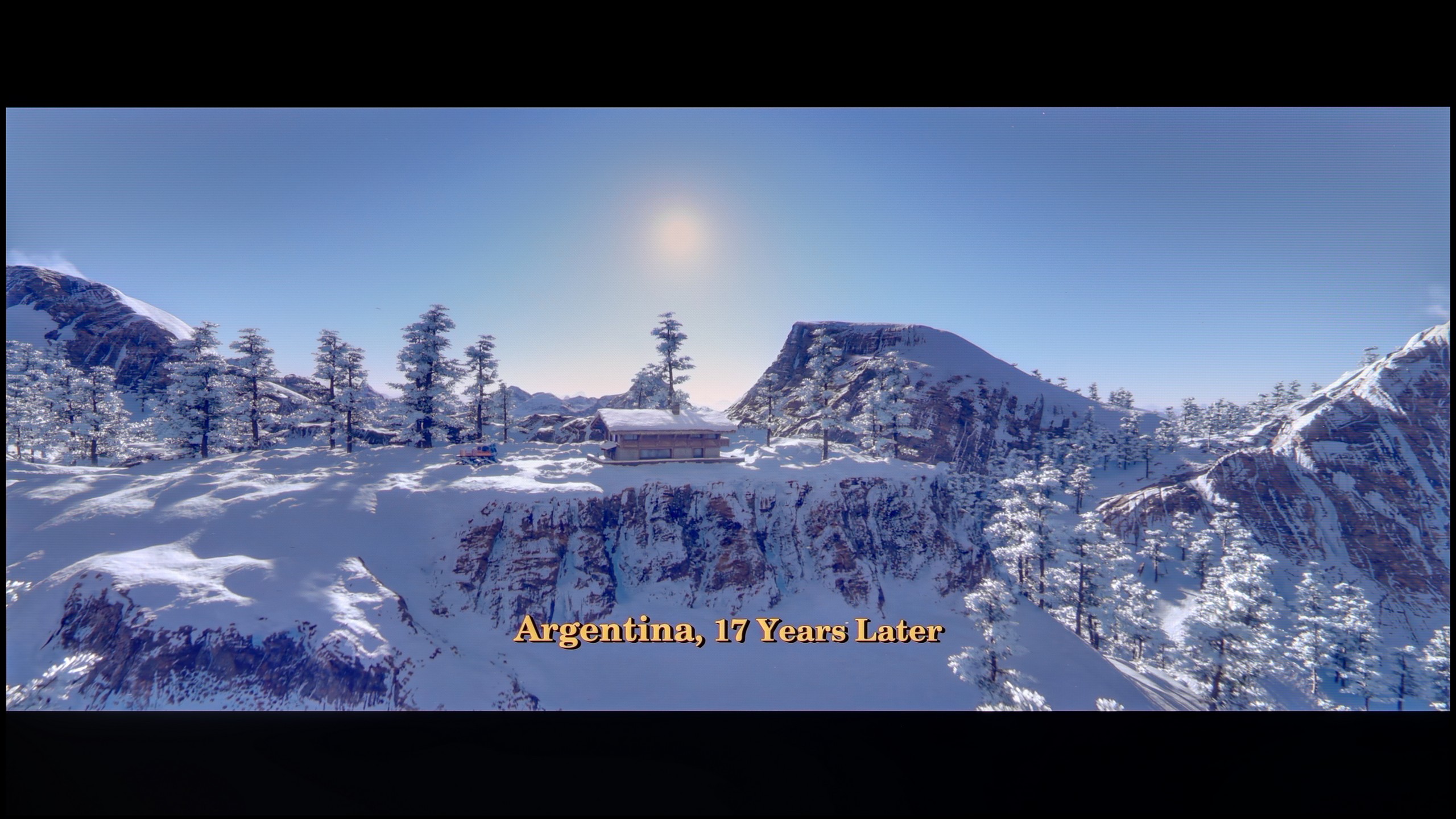

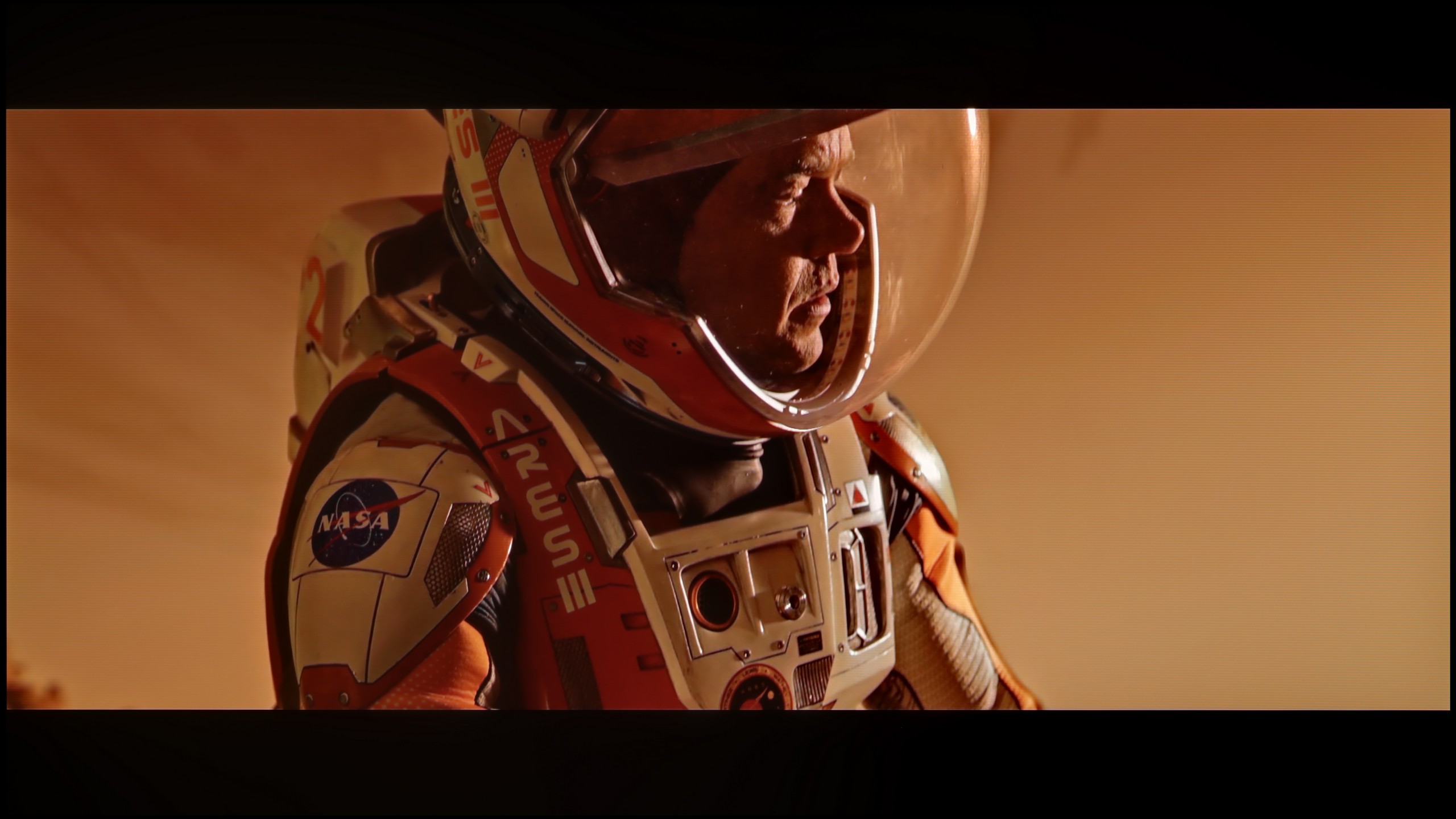

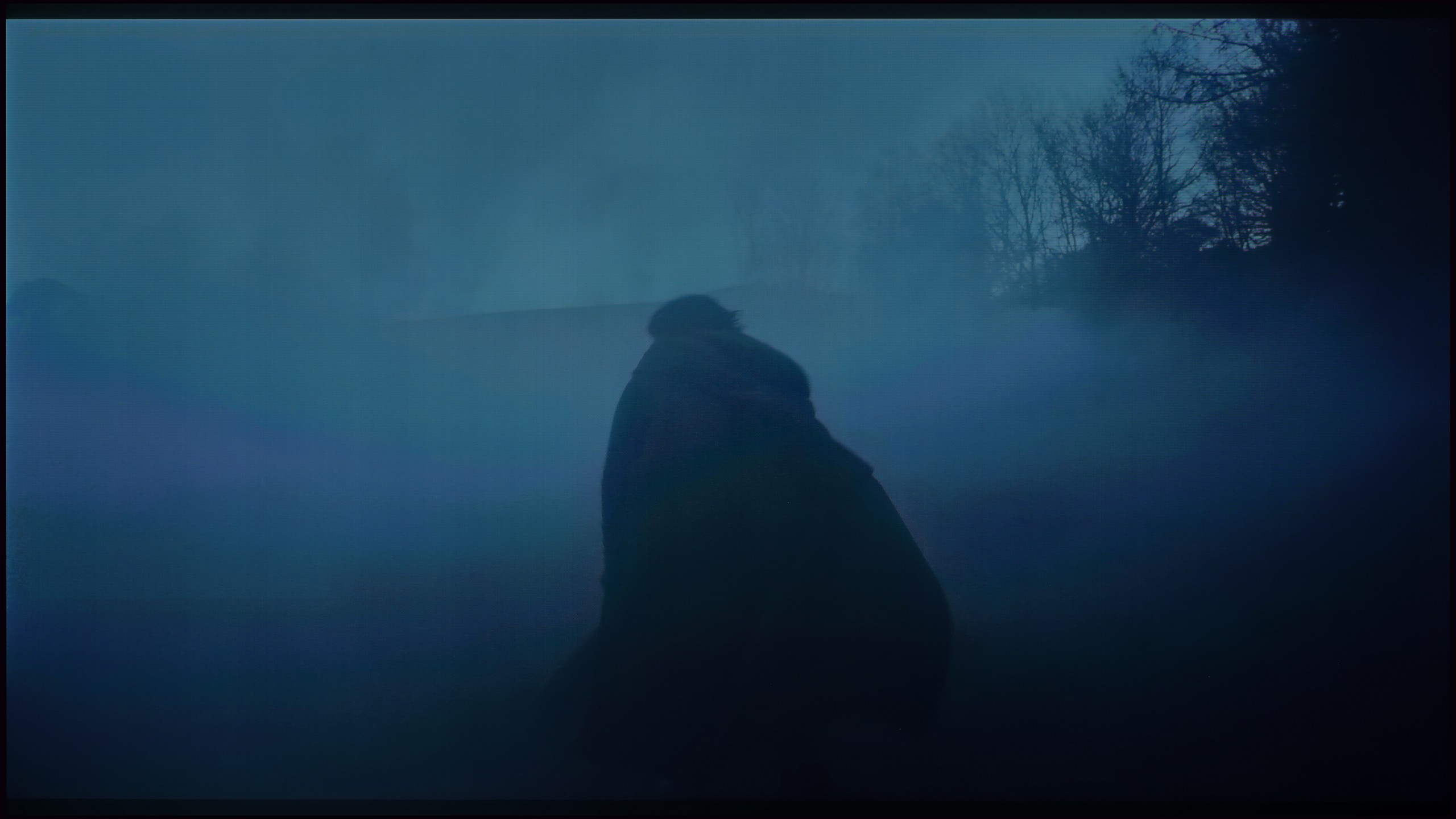

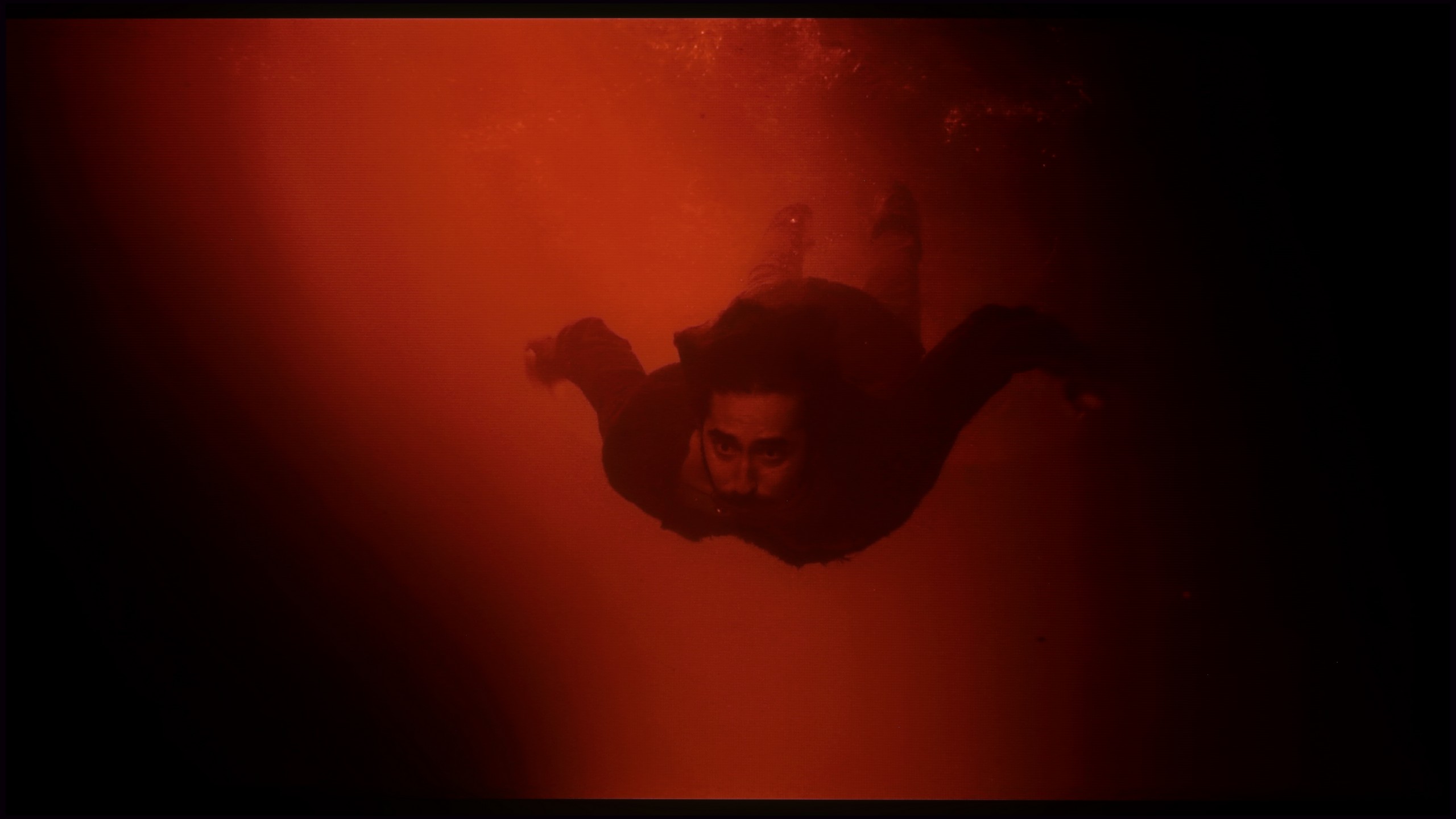




The default quality of gentle gradation, i.e. with the enhancement function turned off, is quite mediocre, considering the price range and class of the device. The problem is not noticeable on very bright backgrounds but is quite pronounced on dark ones. This is perfectly illustrated by the last two test scenes, where tonal transitions are noticeable and may discomfort purists of image quality.
The fluidity of tonal transitions in the Sony Bravia 8 II can be described as very good, though with a clear distinction between light and dark materials. In scenes with high luminance, the television performs almost flawlessly – the gradation is smooth, free from visible bands or artifacts, and subtle colour transitions maintain full consistency. This is particularly evident in HDR materials, where bright skies or illuminated shots look nearly perfect – here, the rating could easily be 9.5/10.
The situation looks somewhat different in darker sequences. In night scenes or heavily shadowed ones, especially in test materials, slight issues with the fluidity of gradation can be noticed – transitions become less subtle. Although this is not a level that detracts from the viewing experience, a more discerning eye will catch the difference, especially when compared to absolutely top-tier models on the market. In this category, the rating rather hovers around 7.5/10.
Image scaling and smoothness of tonal transitions
8.5/10
8.5/10
Smooth transition function

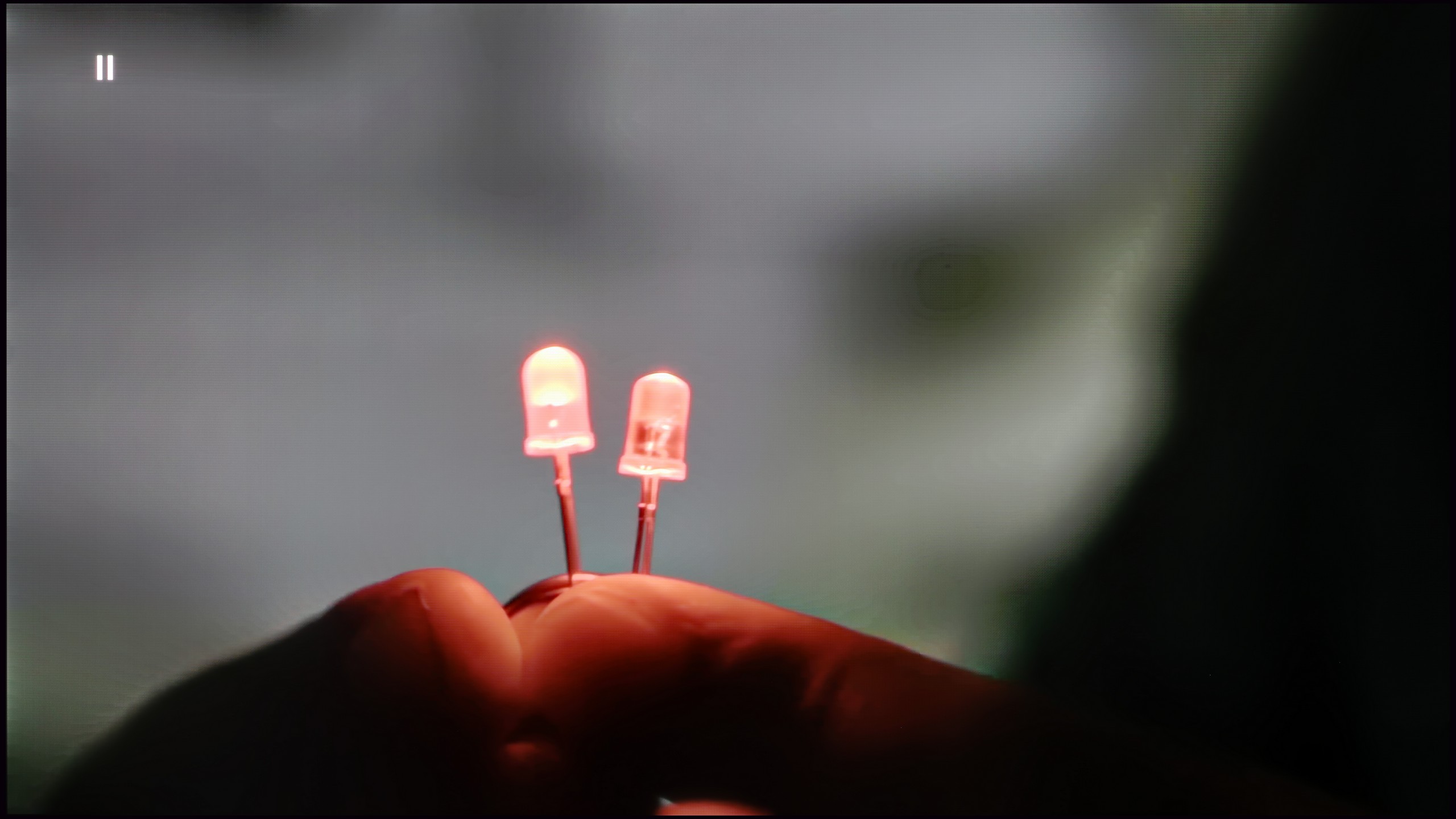
Image without overscan on the SD signal


Let’s take another look at the quality of tonal transitions, but this time we will analyse the quality of image scaling, which will be significantly important when watching lower quality materials. For starters, we will take a look at the function responsible for the quality of tonal transitions. And while by default they are quite average, after activating the option, even at the lowest level, we can confidently say that these are among the best we have seen. You can confidently enable this feature, as it does not cause any negative phenomenon, such as film grain blurring.
Sony has been boasting for several years now that its "XR" processor is unmatched when it comes to image scaling. And we find it quite easy to believe, because in fact the image is extremely sharp, yet very natural.
Upscaling and digital image processing are a true showcase of the capabilities of the Bravia 8 II. Sony has long been regarded as a master in this field, and here it only reaffirms its reputation. The proprietary XR processor can extract nearly the maximum from lower-resolution materials – whether it's television or an old DVD film, the image appears clearer, with more detail and better depth. Of course, if we feed it exceptionally low-quality material (like our archival photo with the Model), it won't work wonders, but in everyday viewing, it's hard to find fault with it.
The gentle gradation feature also performs excellently. In the "Medium" setting, it effectively smooths tonal transitions, eliminating banding in coloured and grey gradients, while not destroying the film grain or fine details in the image. It is this balance between subtlety and effectiveness that keeps Sony televisions among the best on the market in this category.
Blur and motion smoothness
8.5/10
8.5/10

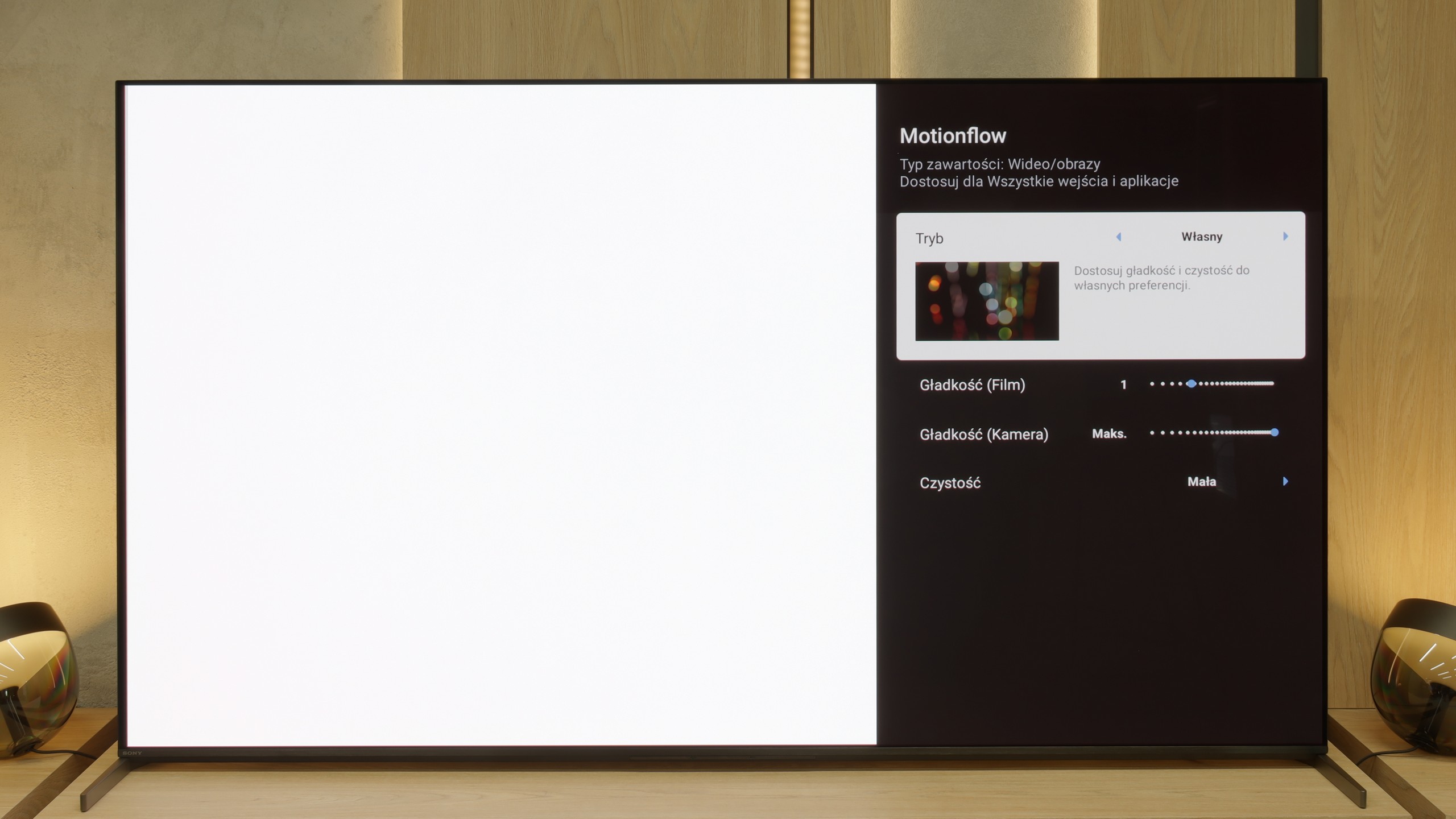
Blur (native resolution, maximum refresh rate):



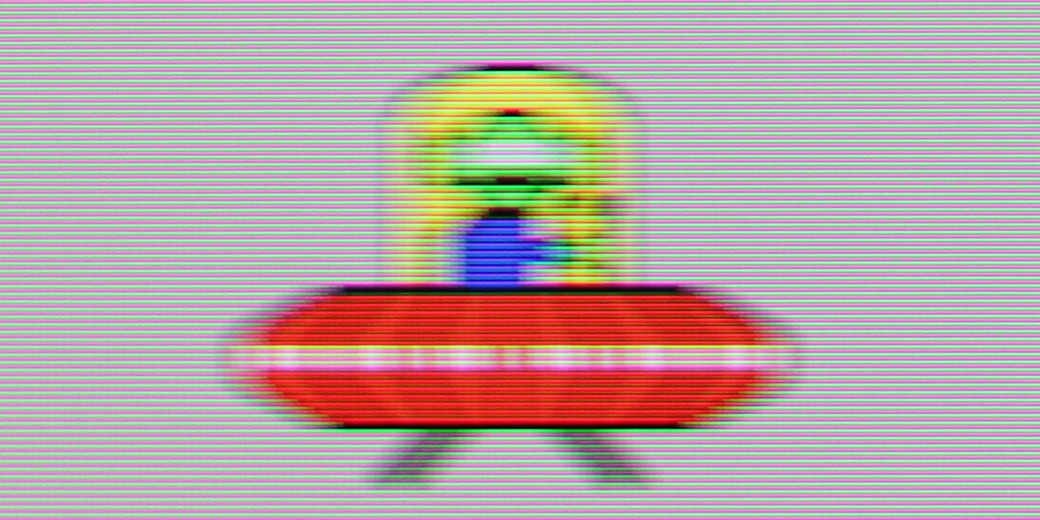
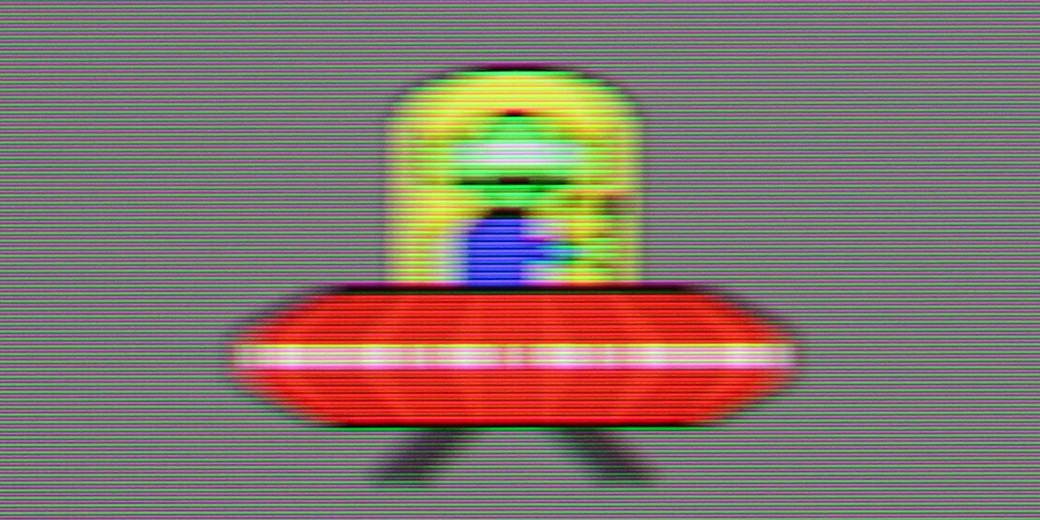
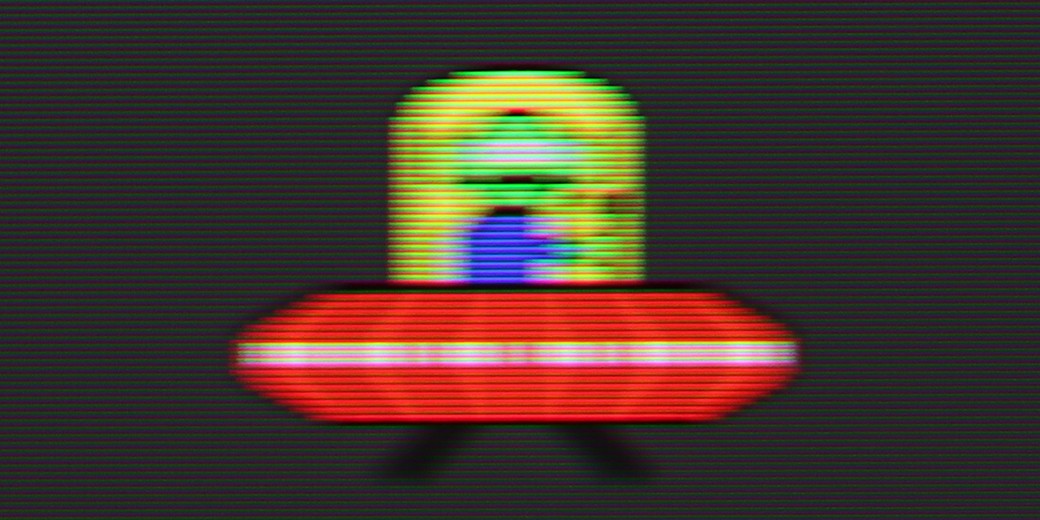
Blur (BFI function enabled):



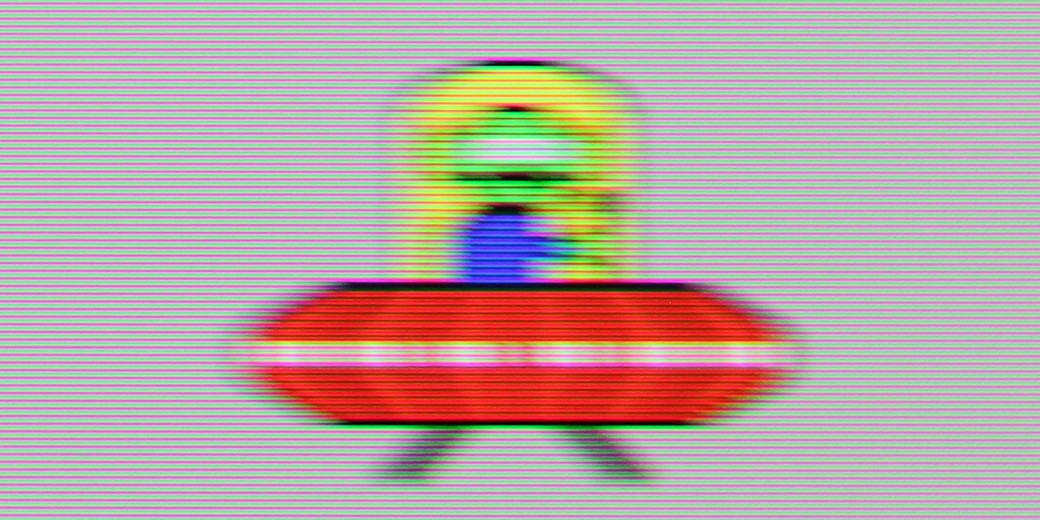
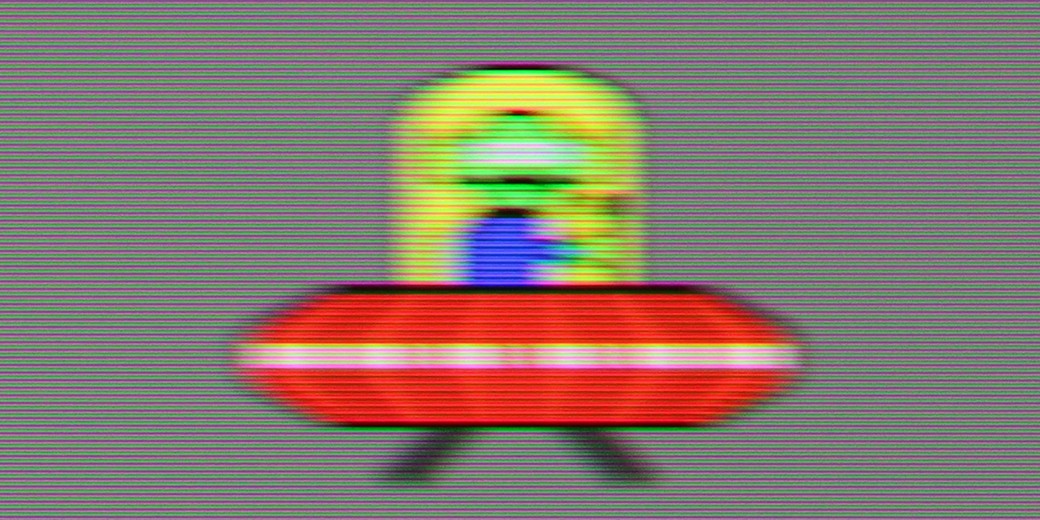
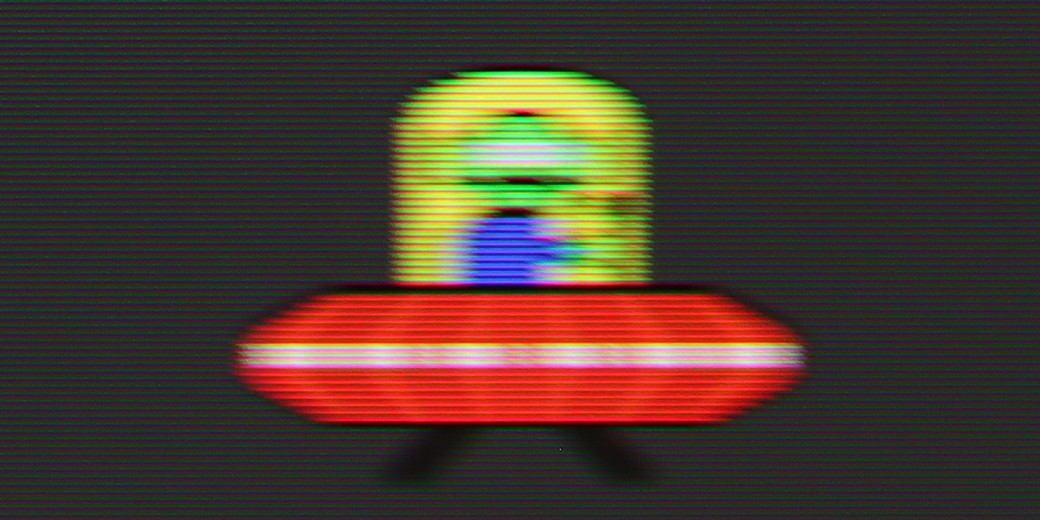
Smużenie ():
Smużenie (MotionFlow 120Hz):
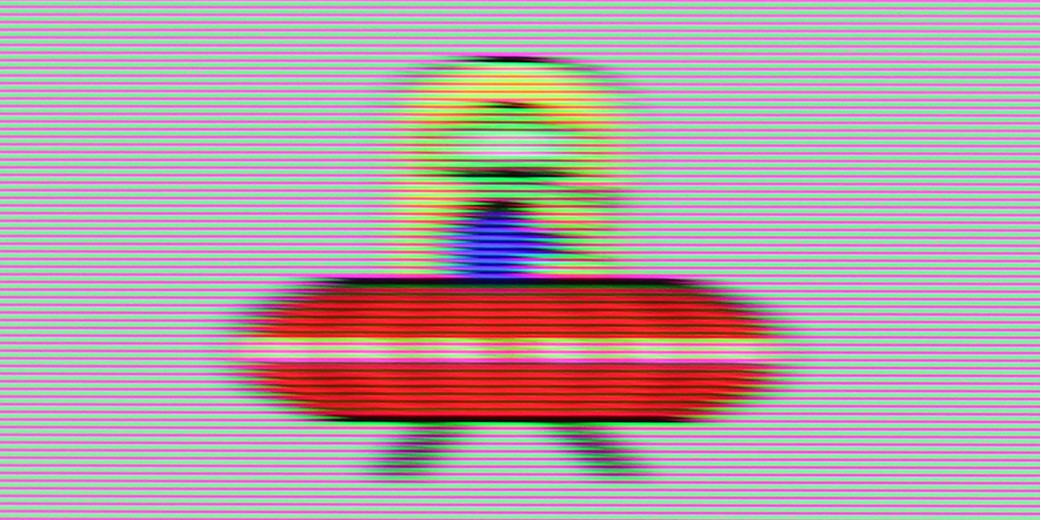
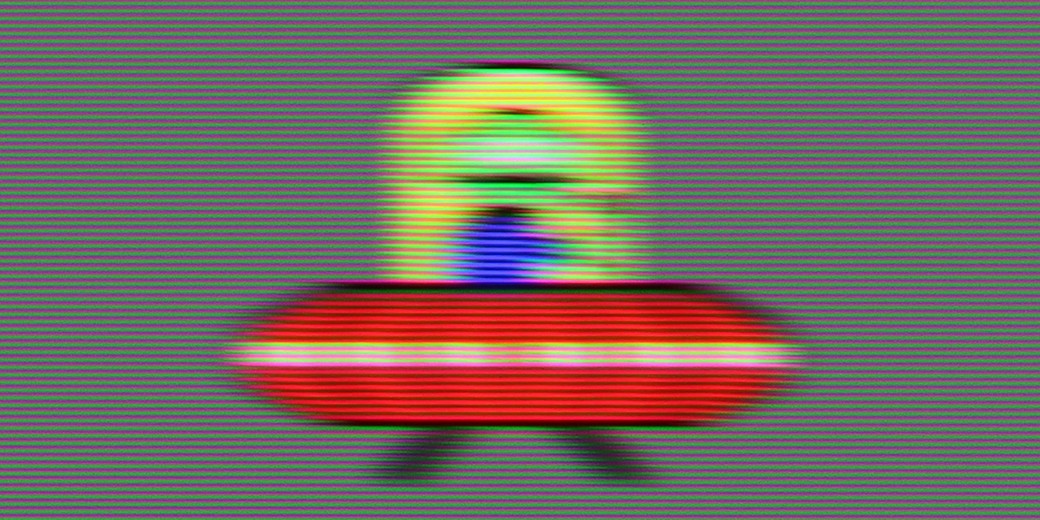
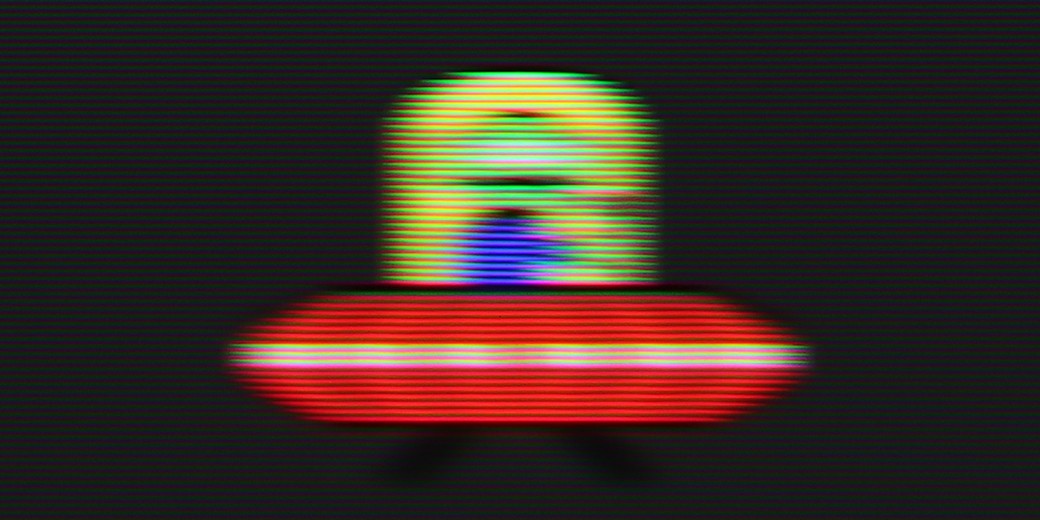
The maximum refresh rate of the Sony Bravia 9 is 120 Hz. This is the essential minimum for watching primarily sports or materials with significant motion dynamics while maintaining a sharp and smooth image. For demanding users, the manufacturer has implemented a very comprehensive smoothing system, which has been divided into three segments: Smoothness (Film), Smoothness (Camera), and Clarity. The first two correspond to the degree of blurring and the degree of smoothing, respectively. The third option will be described in more detail below. Moreover, we can adjust all settings to various degrees, each of which will produce an effect, ensuring that we can find our own golden mean. In the picture, we present a setting with slight smoothing, without the soap opera effect.
The smoothness of motion is practically a closed topic in the case of the Bravia 8 II. The OLED with a refresh rate of 120 Hz naturally provides a very clear, sharp image in dynamic scenes, so it's hard to complain about anything here. However, one of the best motion smoothing systems on the market truly deserves special praise. They allow precise adjustment of film smoothness to one’s own preferences – from gentle smoothing to almost a “theatrical” effect – without the risk of artificial jumps, tearing of the image, or annoying artifacts. This is one of those features that will be appreciated both during movie screenings and while watching sports.
Console compatibility and gaming features
9.4/10
9.4/10
- ALLM
- VRR
- VRR range48 - 120Hz48 - 120Hz
- Dolby Vision Game Mode
- Correct implementation of HGIG
- 1080p@120Hz
- 1440p@120Hz
- 4K@120Hz
- Game bar

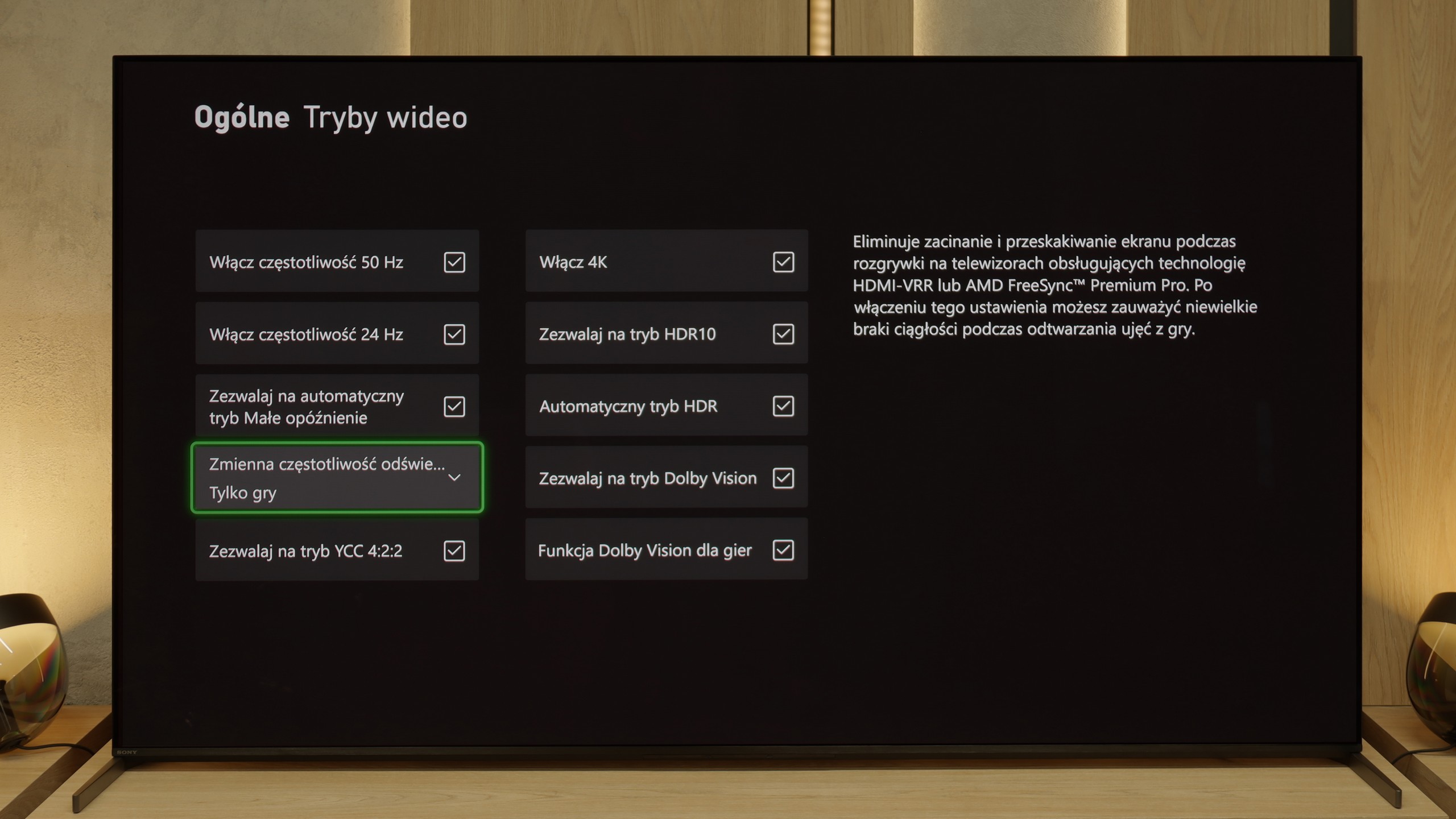

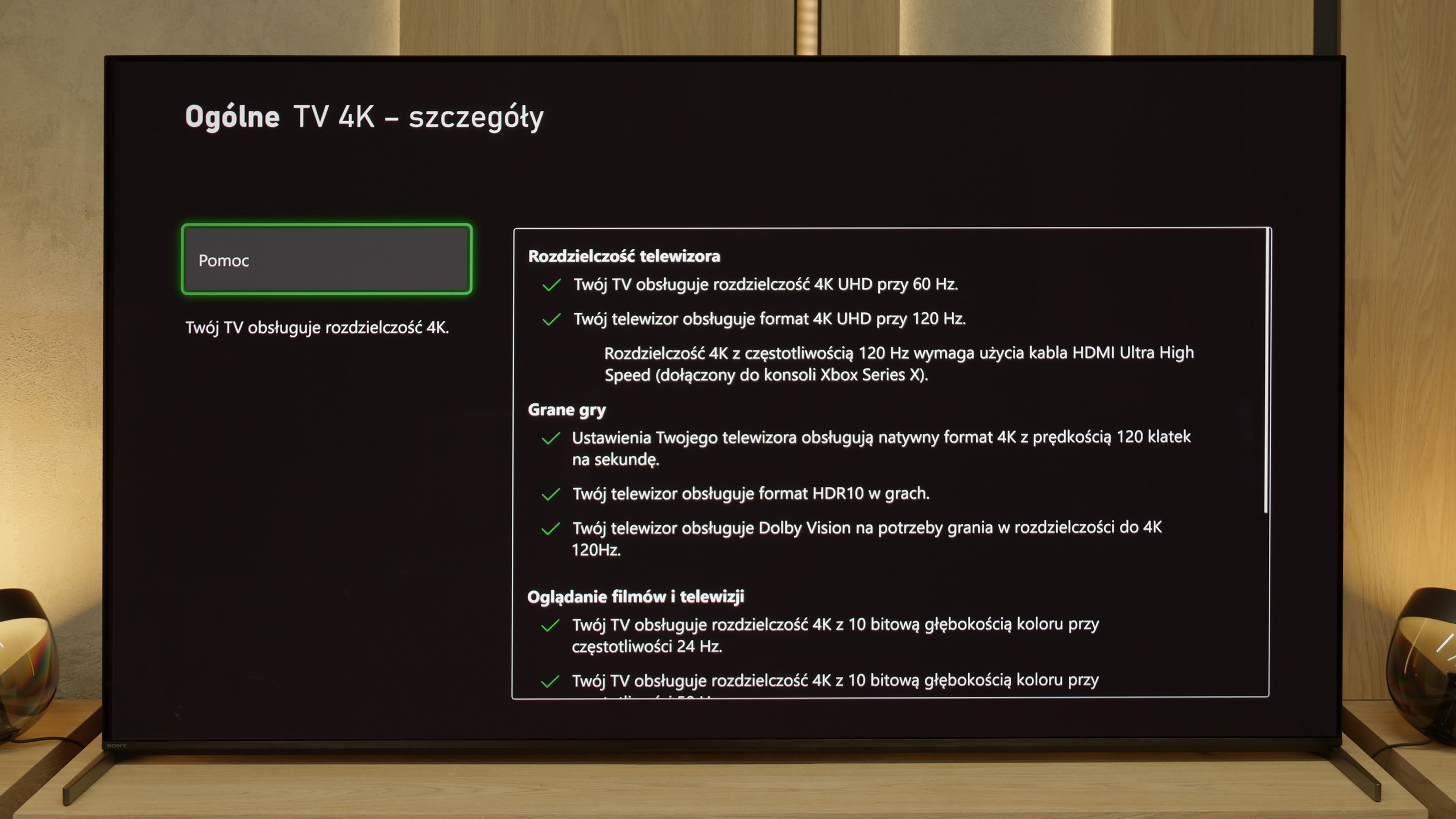

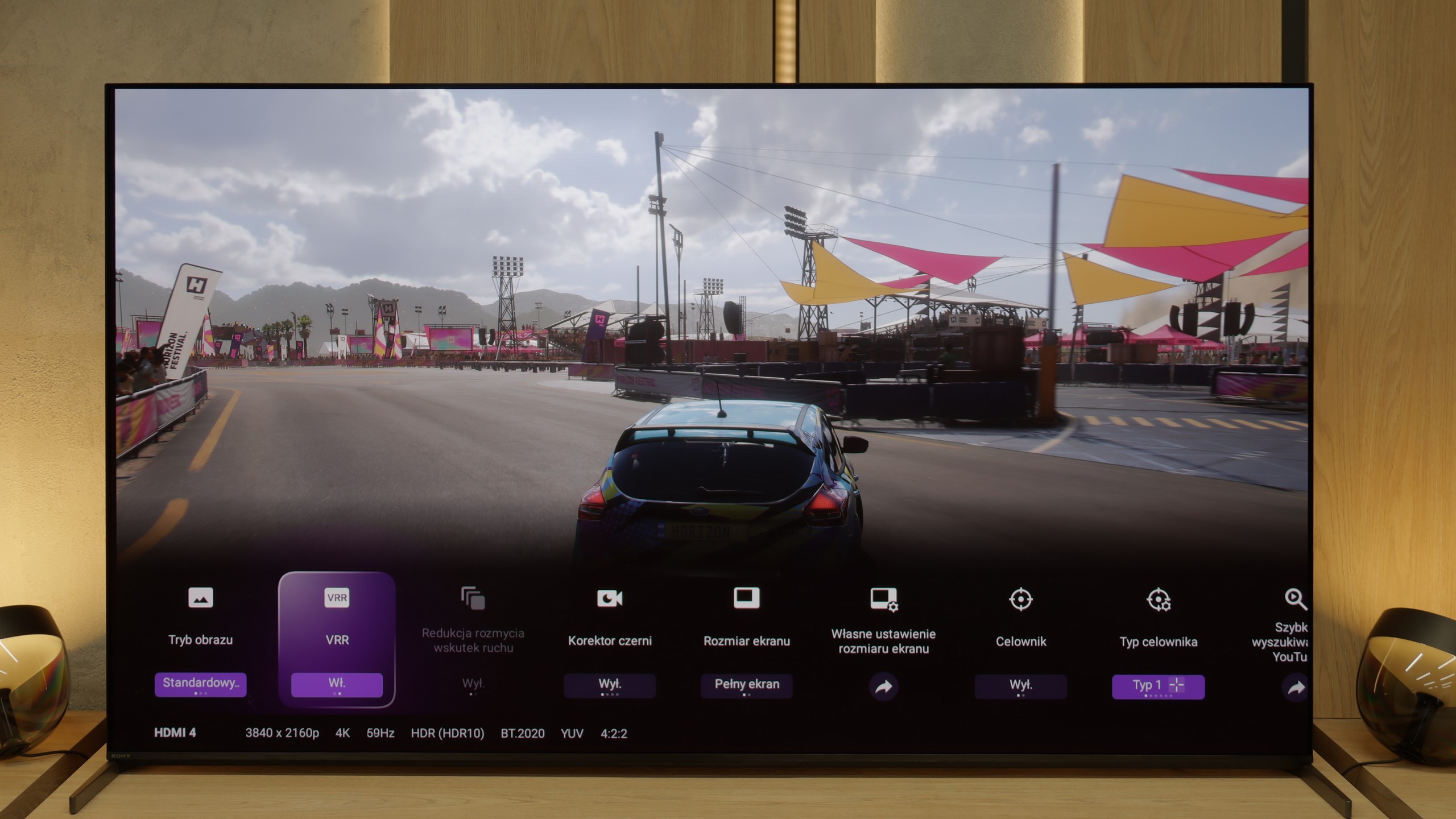

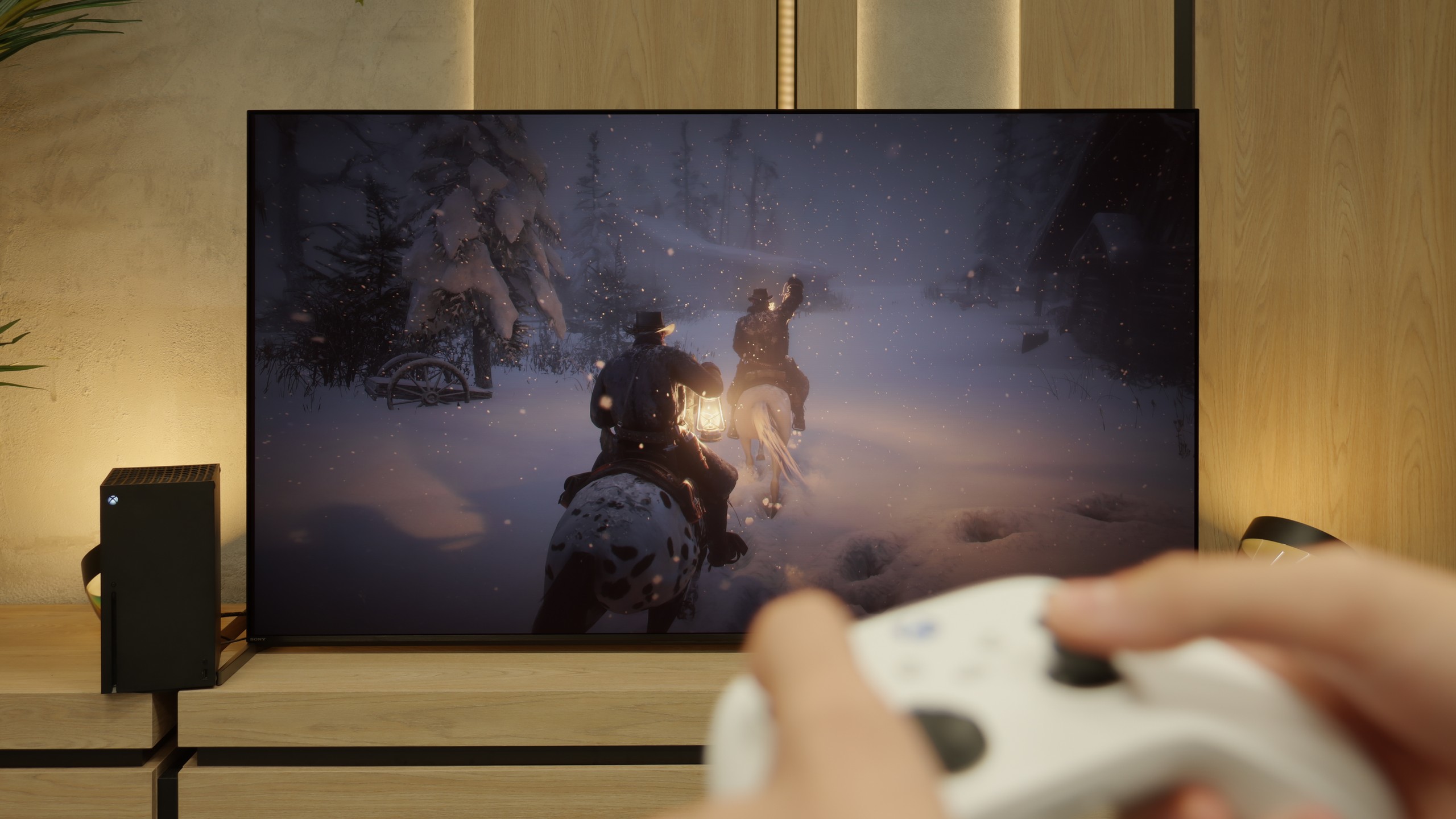
The Sony Bravia 9 television is equipped with four HDMI ports. However, somewhat inexplicably for a device of this class, only two of them operate in the 2.1 standard. That said, it should not be overlooked that almost all functions perform excellently and do not cause any negative feelings when being activated. Games running either in HDR10 or Dolby Vision have very low input lag, allowing for a very comfortable session with the title. A consolation remains in the form of a good implementation of the HGIG mode, which, after proper adjustment, does not differ significantly from Dolby Vision.
A year ago, Sony added to its televisions what has long been a standard for some manufacturers. This refers, of course, to the GameBar, enabling quick adjustment of settings without the need to exit the game. The implementation of this feature was successful and works very efficiently. We have been provided with conveniences such as: a crosshair grid, black level correction, and the option to reduce the screen to the proportions of gaming monitors.
The Sony Bravia 9 will undoubtedly find its fan base, most likely among PlayStation enthusiasts. Here, we must admit that it will be the most sensible choice, as in practice both the console and the television possess exactly the same capabilities. Looking at the bigger picture, while overlooking the issues with Dolby Vision in games, one cannot detract from the fact that the Bravia 9 is a very good television in the context of gaming.
Sony has really learnt its lessons from previous years and in the Bravia 8 II has prepared a package of features for gamers that is hard to describe in any other way than "almost perfect". We have everything you'd expect from equipment of this class – VRR, ALLM, Dolby Vision Gaming mode, HGiG, and even a handy Game Bar that allows you to quickly preview parameters and change settings without leaving the game. It's also worth noting how smoothly and seamlessly these features work – no delays, no strange stutters. You simply start the game, and everything looks as it should. Unfortunately, there are a few "buts". The manufacturer still only provides us with two full-bandwidth HDMI ports, so if someone has a console, PC, and another device such as a soundbar connected via eARC, it becomes a hassle of switching cables. It is also surprising that there is no support for 1440p resolution at 120 Hz – particularly important for Xbox gamers. Overall, however – this is one of those televisions that can easily be placed in the centre of a gaming lounge and enjoyed without significant compromises.
Input lag
9.7/10
9.8/10
SDR
HDR
Dolby Vision
Latency time Bravia 9 is at a low level in every scenario. Even the most passionate gamers will surely appreciate the very low input lag at demanding 4K 120 Hz settings with HDR, which is 10 ms.
The input lag on the Bravia 8 II is a strong point that every gamer will appreciate. With 120 Hz content, the values hover around 10 ms, which places this television among the best – the response is nearly instantaneous, and control in dynamic games remains fully predictable. At 60 Hz, the lag time naturally doubles, but it still remains at a level that can be described as exemplary. Importantly, Sony has done an excellent job with the handling of Dolby Vision mode in games – it operates here exceptionally smoothly and quickly. This is a significant change compared to previous years when Dolby Vision Gaming on televisions of this brand could cause additional lag or minor issues with fluidity. It’s clear now that the manufacturer has refined this element to perfection.
Compatibility with PC
7.6/10
7.6/10

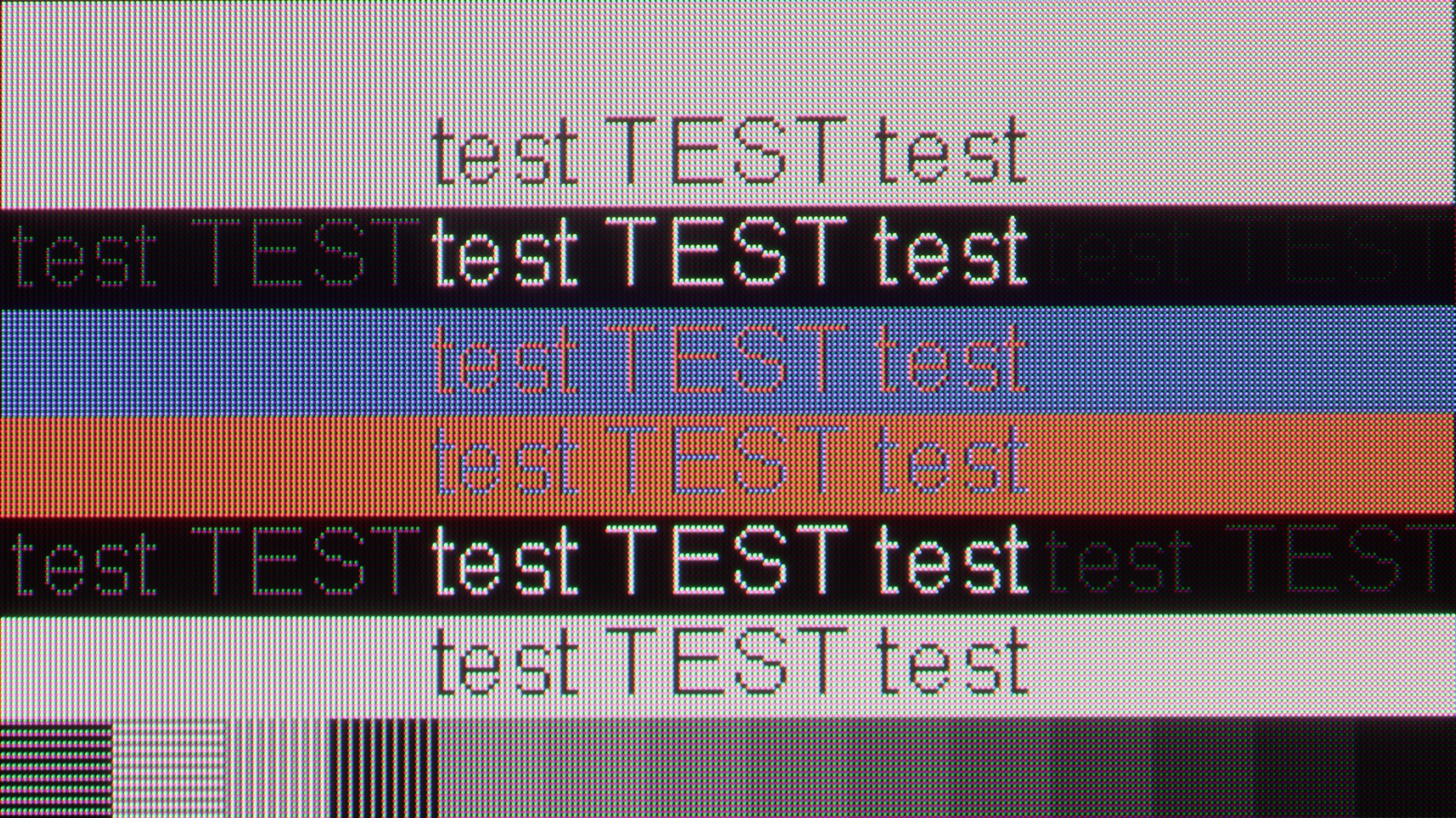
Sony Bravia 9 works excellently with a PC, thanks to its very low delay of just 9 ms, which is an immediate response between the mouse, the eye, and the screen. An extremely important aspect when working on a screen is primarily the readability of the text, which in the case of the tested television is very good. However, it is important to remember to switch the television to "Game" mode, as this mode provides the best text readability, whereas in other scenarios the font may turn out to be unreadable.
The subpixel layout is BGR, which does not negatively impact the use of the television as a monitor. However, since operating systems are not adapted to such a subpixel format, it can result in slightly less sharp contours. This is, however, practically negligible, and only a handful of people may notice it.
Compared to last year's A95L, the Bravia 8 II has made a significant leap forward in terms of compatibility with PC computers. The support for 4:4:4 chroma works flawlessly, so text – both regular and very fine – remains sharp and clear. This means that working with documents, spreadsheets, or even editing photos does not strain the eyes and does not require fiddling with settings.
However, there is a certain sense of dissatisfaction. One would expect additional gaming mode with refresh rates above 120 Hz in a television of this class. After all, in the price segment this model occupies (and even in lower ones), 165 Hz and even 240 Hz are becoming increasingly common. This option is missing here, which may be a slight disappointment for some PC enthusiasts. Fortunately, thanks to its low input lag and support for G-Sync, the Bravia 8 II can still immerse players in PC gaming without feelings of delay or image tearing. It is equipment that performs well not only in the living room but also on the player's desk.
Viewing angles
7.4/10
9.8/10
Thanks to the application of an angle coating, the colour degradation and contrast drop at an angle are not as drastic as in the vast majority of VA matrix televisions. Only after a significant shift off the axis does one see greater image destabilisation; however, the overall assessment can be very positive.
In this respect, the Bravia 8 II is at the absolute top of the market. Thanks to the use of a QD-OLED panel, the television maintains full colour depth and high contrast even when viewed from a large angle. This is a distinct advantage over constructions based on WOLED panels, which can slightly lose saturation and detail at more extreme viewer positions. Like its competitor, the Samsung S95F, the Bravia 8 II performs almost flawlessly in this category – regardless of whether we are watching a film from the sofa, from a chair nearby, or standing in the corner of the room, the image remains true to the original.
TV efficiency during daytime
9.5/10
5.6/10

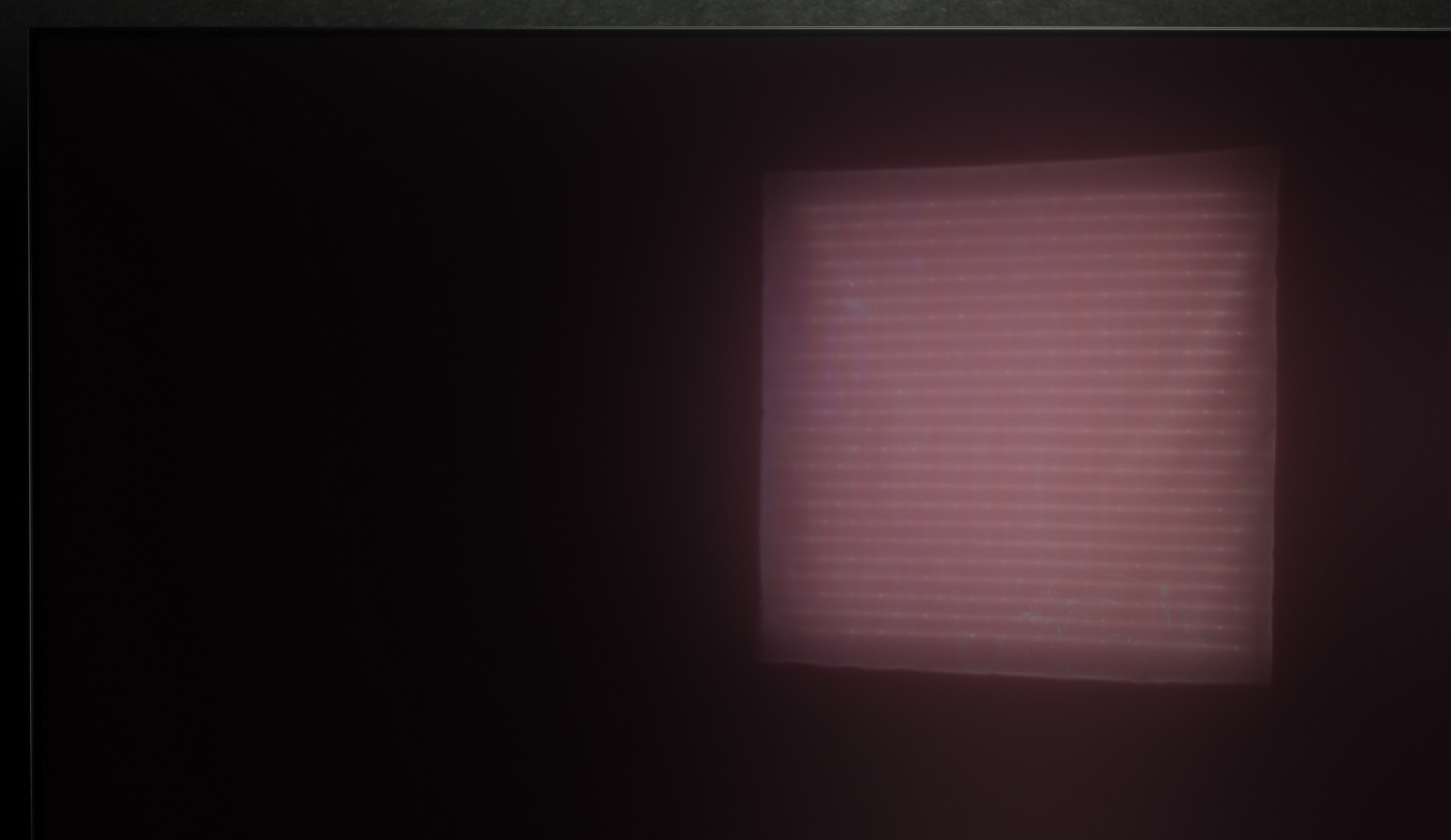

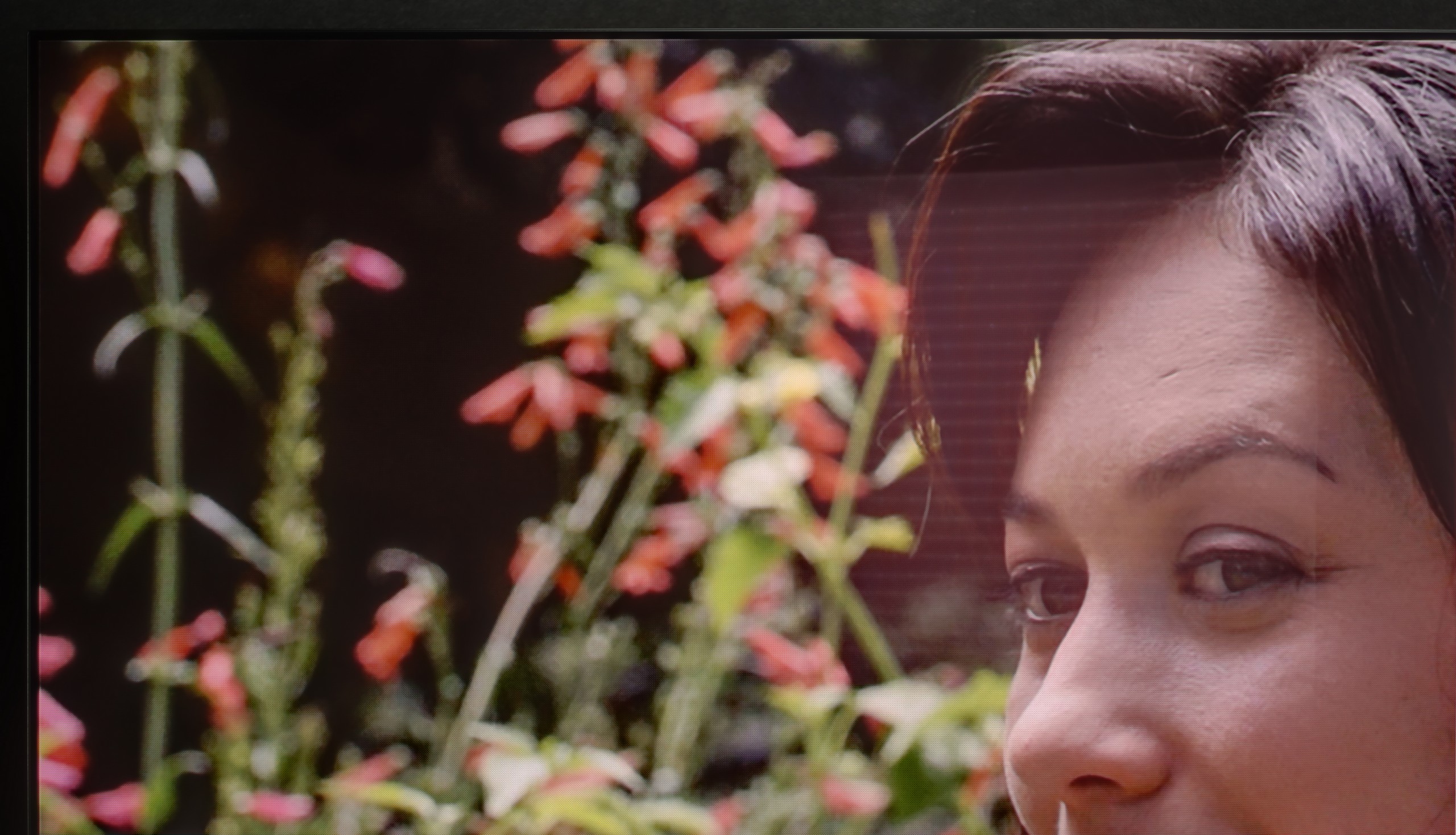
Matrix brightness
Average luminance SDR
Sony Bravia 8 MK2: 419 cd/m2
Sony Bravia 9 (XR90): 1609 cd/m2
The Sony Bravia 9 excels in bright environments, with a peak brightness of 1600 nits. This allows for a comfortable viewing experience even when the TV is exposed to harsh angled light. Reflections are minimal and do not significantly affect the viewing quality, making it highly suitable for watching during the day. As a result, the Bravia 9 earns an almost perfect score for its performance in well-lit conditions.
For a television of this class, we expected a better performance. An average SDR brightness of around 400 nits is definitely too little to speak of great visibility in a sunlit living room. In very demanding lighting conditions, we will be forced to reach for curtains or… move the television to another location. As with every QD-OLED panel, the black levels during the day are not perfectly black – they have a slight cherry tint. Fortunately, this technology also has its advantages over WOLED panels – it effectively reduces reflections, making direct light glare less bothersome. Despite this advantage, the overall efficiency of the Bravia 8 II in a bright room should be assessed as average, particularly in the context of the high-class equipment to which this model belongs.
Details about the matrix
Subpixel Structure:

Panel uniformity and thermal imaging:

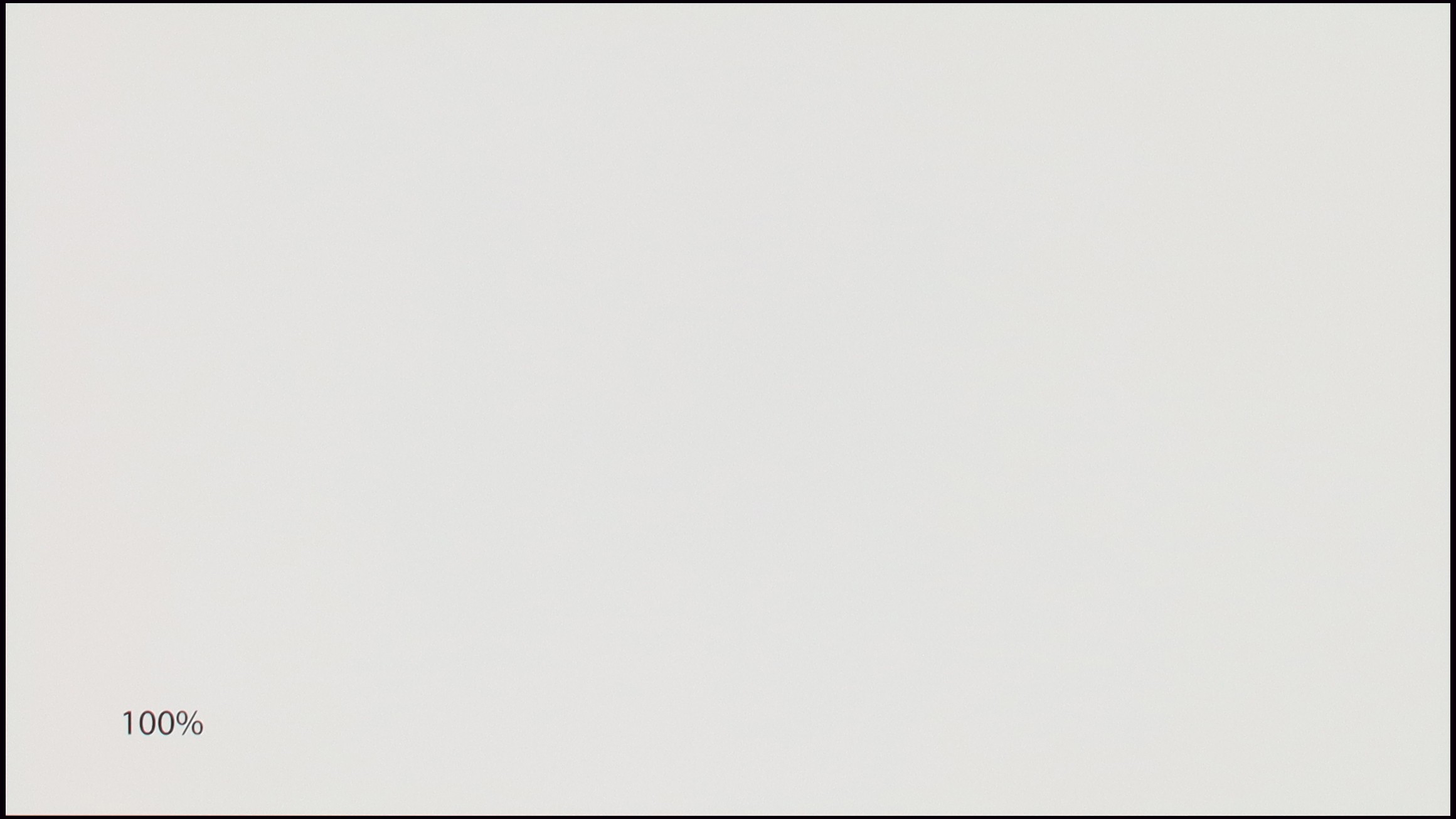
Sony Bravia 9 (XR90)
Sony Bravia 8 MK2
TV features
8.8/10
8.9/10
- HDMI inputs2 x HDMI 2.0, 2 x HDMI 2.1 48Gbps2 x HDMI 2.0, 2 x HDMI 2.1 48Gbps
- OutputsToslink (Optical audio), eARC (HDMI), ARC (HDMI)Toslink (Optical audio), eARC (HDMI), ARC (HDMI)
- Network InterfacesWi-Fi 2.4GHz, Wi-Fi 5GHz, Ethernet (LAN) 100MbpsWi-Fi 2.4GHz, Wi-Fi 5GHz, Ethernet (LAN) 100Mbps
- TV receptionDVB-T, DVB-T2, DVB-S, DVB-S2, DVB-CDVB-T, DVB-T2, DVB-S, DVB-S2, DVB-C
Classic features:
- Recording to USB (terrestrial TV)
- Recording programming
- Picture in Picture (PiP)
- RF remote control (no need to aim at the screen)
- Backlit remote control
- Teletext
- Audio only mode
- Bluetooth headphones support
- Simultaneous Bluetooth headphones & TV audio
Smart features:
- AirPlay
- Screen mirroring (Windows Miracast)
- Voice search
- Voice search in native language
- Ability to connect a keyboard and mouse


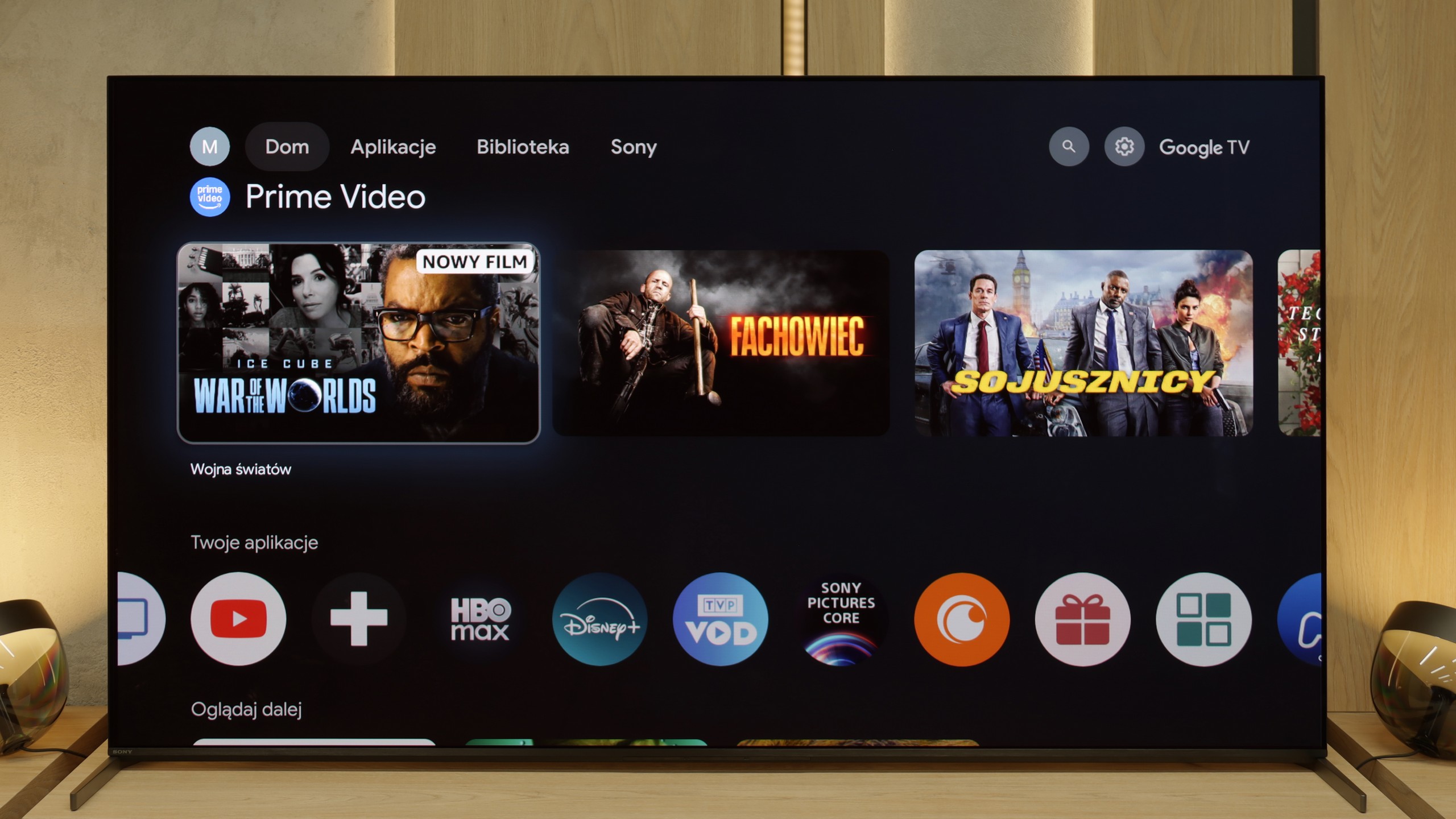
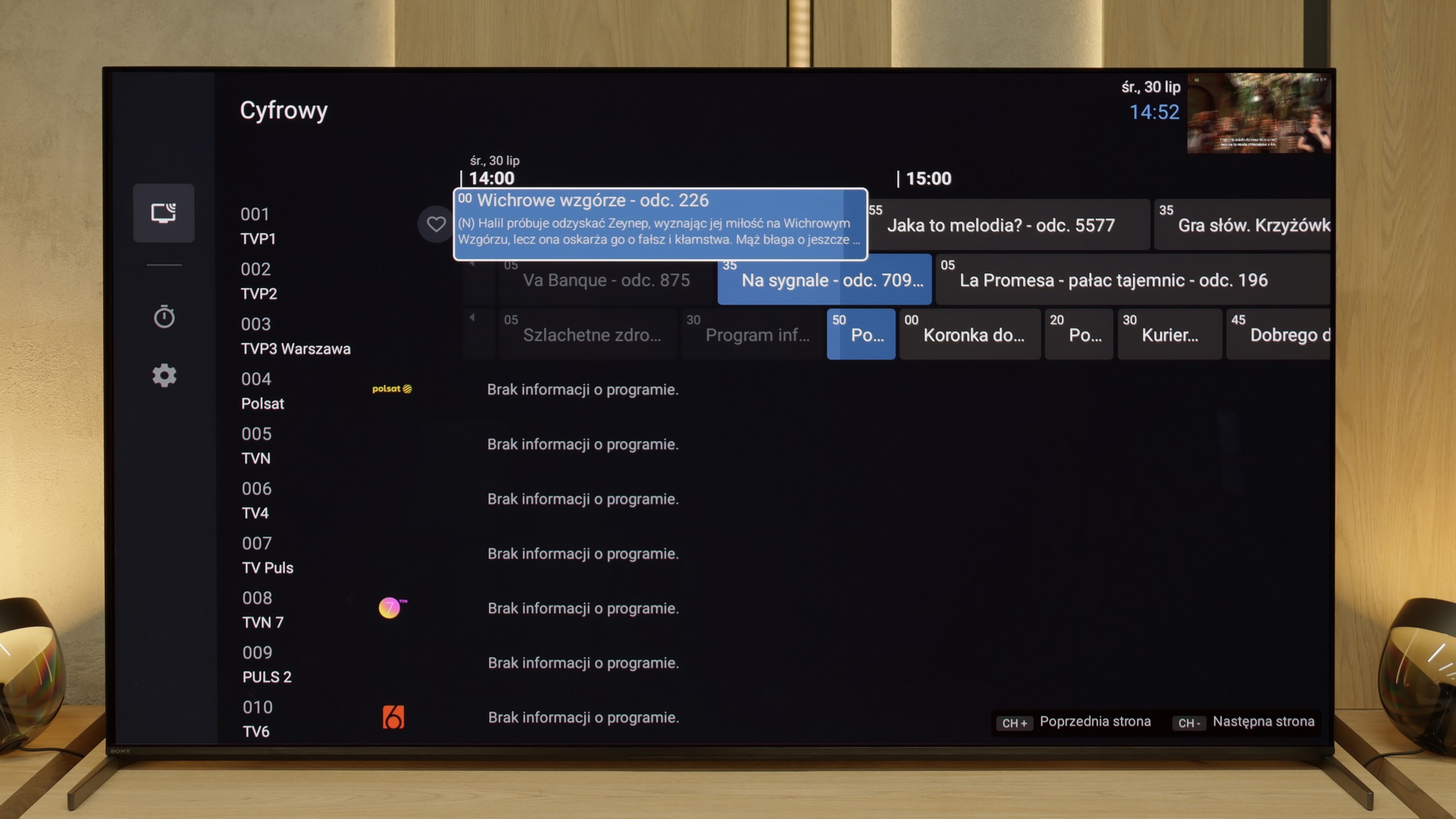
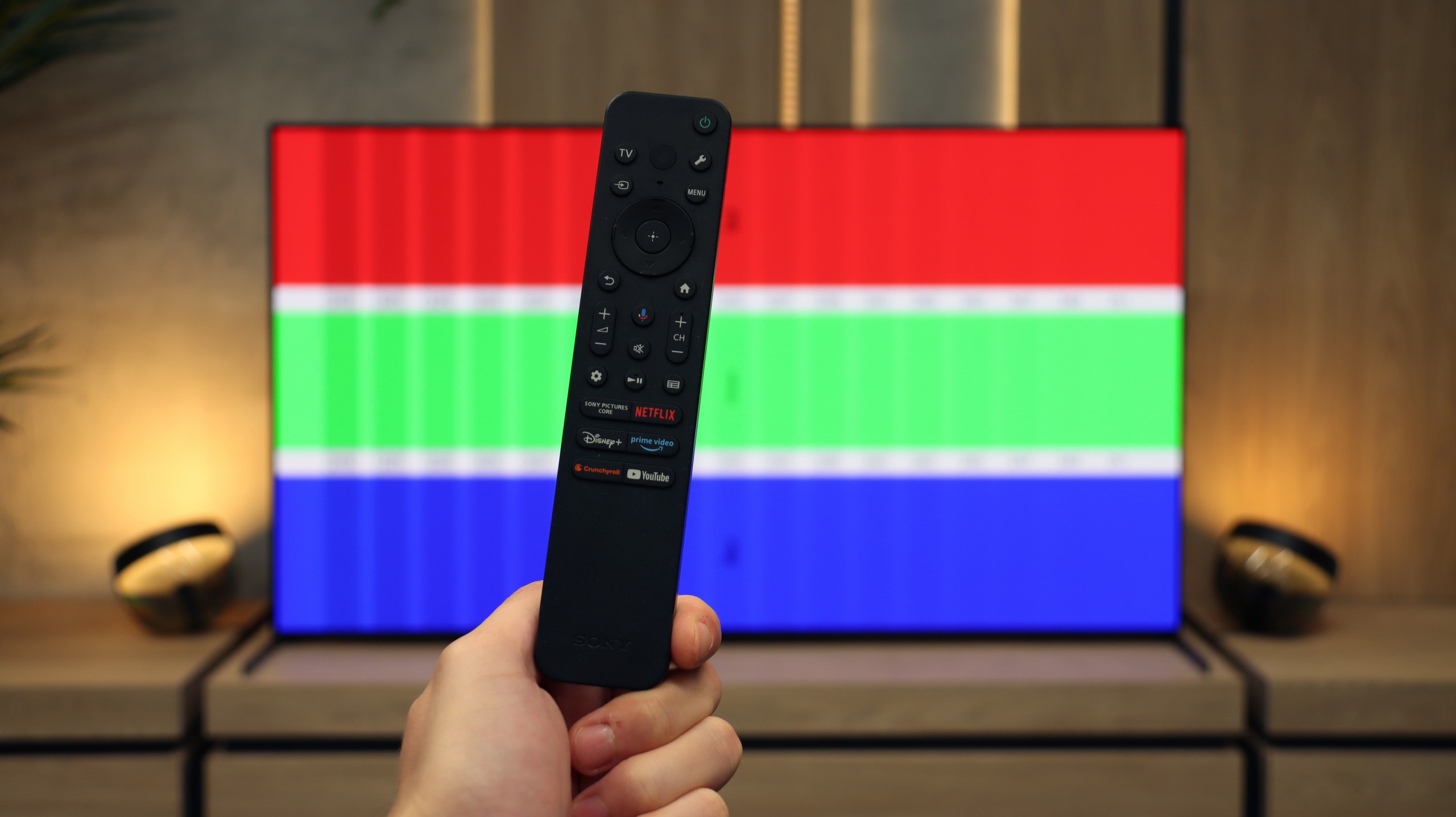
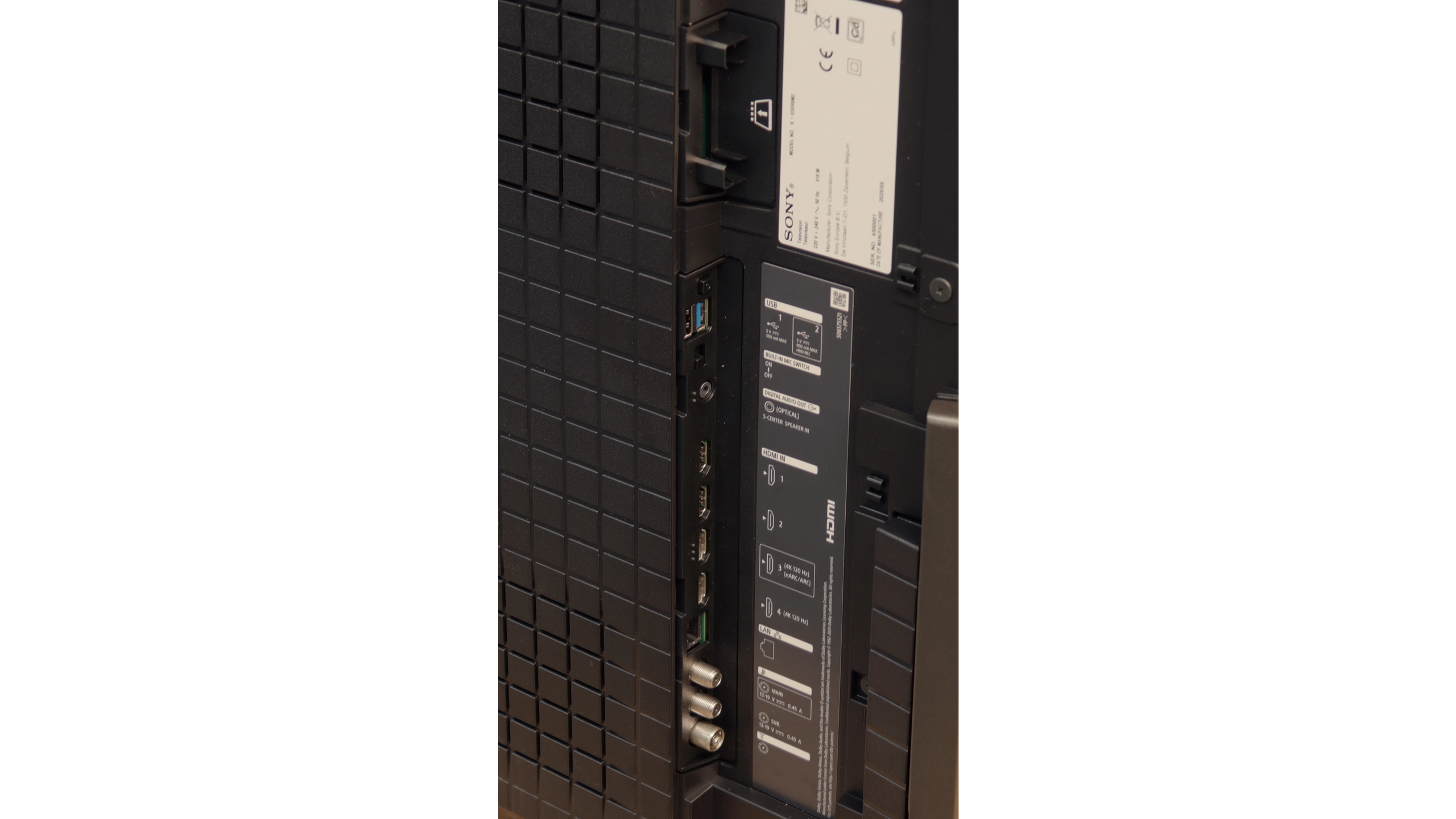
Bravia 9 operates on the Google TV system, which is a significant advantage compared to televisions equipped with proprietary systems from manufacturers, where installing applications from a USB drive can be cumbersome, and often virtually impossible. Thanks to Google TV, we have the capability to install virtually any application, both from the official store and directly from online repositories via an APK file.
This system also offers many conveniences in terms of control. We can connect a keyboard with a touchpad, which significantly eases the process of entering queries. Additionally, due to the integration with Google, we can utilise voice control features via the remote, which work very well, although there are occasional minor issues with translating functions and options. It's worth noting that Google TV regularly receives updates that enhance functionality and introduce new options. We can also confirm that, according to reports from users of older models, the software has its off days and sometimes experiences its "bad day".
In summary: Google TV is currently one of the most popular systems on the market. With a powerful CPU, it operates very smoothly, does not freeze, and does not have issues with stuttering for a significant portion of its usage. It is definitely the best option for those who want to fully utilise the capabilities of their television and value the openness of the system.
SONY Bravia 8 II – Features of the Television
Bravia 8 II has a lot to offer to those who use a television in a traditional way. In the package, we receive two remote controls – one modern, minimalist "smart" and the other, traditional, numeric, designed for those who treat the television simply... like a television 😉. Sony also allows for programming and recording television broadcasts to external memory, e.g. a USB drive. Features such as EPG or teletext are hardly worth mentioning – they are obvious.
SONY Bravia 8 II – GoogleTV
When it comes to smart functions, the biggest advantage is the Google TV system, which we believe Sony has refined the best on the market among all manufacturers. Although the system can be demanding in terms of hardware, it runs very smoothly on the Bravia 8 II. Google TV also offers a huge selection of applications, which is another strong point. There are also exclusive features that are hard to find with competitors – including the ability to play remotely on your own PlayStation console or access to the private film library Bravia Core, available exclusively on Sony televisions. In short – a complete package of possibilities.
Playing files from USB
8.7/10
8.9/10
Supported photo formats:
Maximum photo resolution:

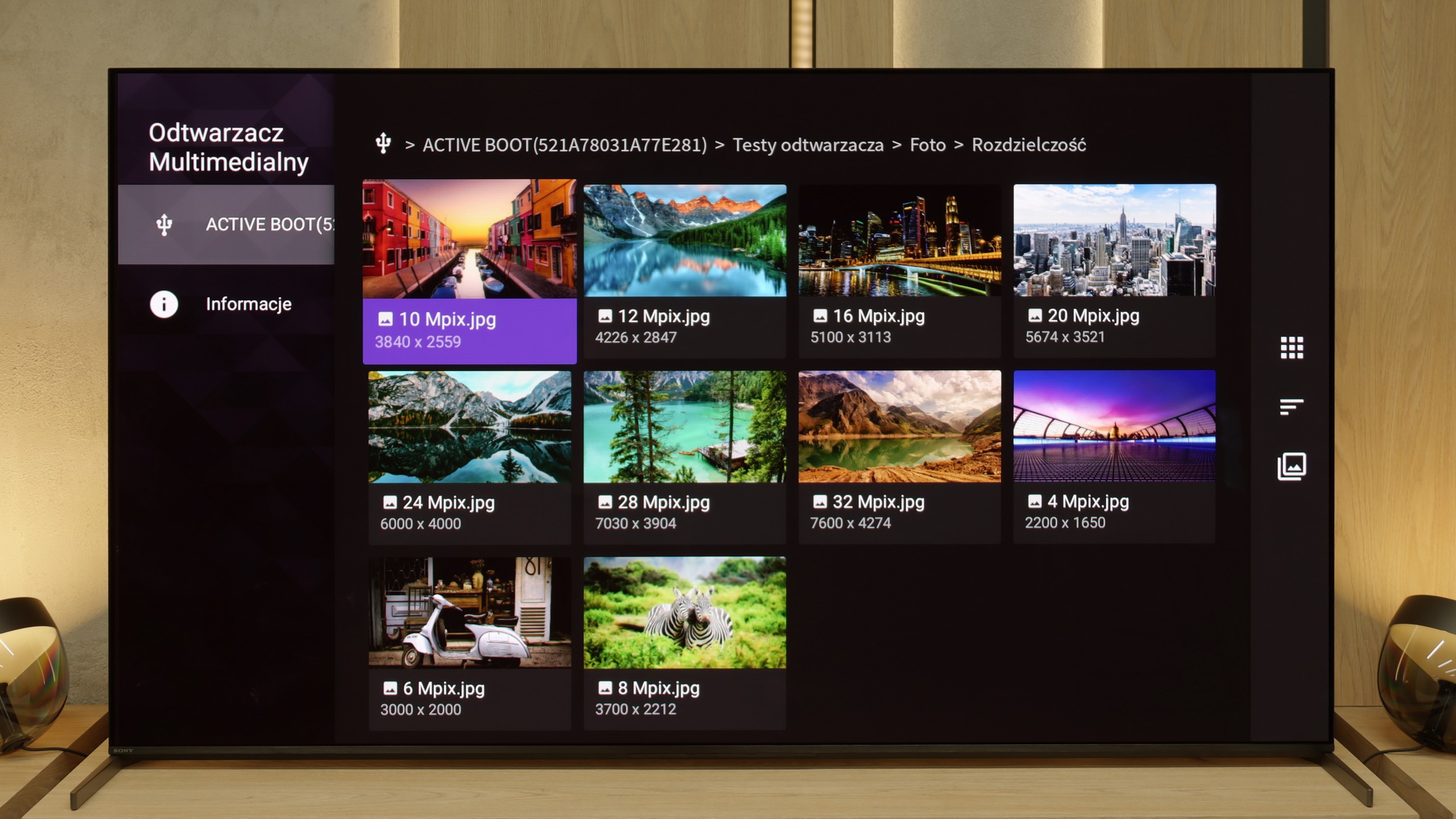
The built-in player on the Sony Bravia 9 is of a good standard. Although it is not without its faults, it has to be acknowledged that it plays a significant number of files seamlessly. However, among the missing features, the lack of support for subtitle formats like .sub, .txt, or selectively functioning image formats, of which only JPEG and HEIC are available, may be felt. This is not, of course, an issue given the ease of installing applications like VLC or KODI.
The Bravia 8 II performs very well when it comes to media playback – the built-in player handles virtually everything you would expect. Admittedly, there are a few formats that it does not support, but this is not a serious issue. The biggest advantage is that, thanks to the Google TV system, we are not limited solely to the default player. At any time, we can install an alternative application that can handle files that the built-in Sony software struggles with. As a result, the television becomes a universal multimedia hub, ready to support almost any format.
Apps
9.6/10
9.6/10














































Sound
9.4/10
8.5/10
- Maximum volume-86dB
- Dolby Digital Plus 7.1
- Dolby True HD 7.1
- Dolby Atmos in Dolby Digital Plus (JOC)
- Dolby Atmos in Dolby True HD
- DTS:X in DTS-HD MA
- DTS-HD Master Audio
We must admit that the sound emanating from the Sony Bravia 9 left us quite astonished. Of course, we knew it was a top-of-the-line product, but we didn't expect such sound quality. You can easily hear each instrument individually, and the bass adds the right depth to the overall experience. With a clear conscience, we can say that it is the best-sounding television we have had the pleasure to test. We are also aware that people who choose such a television have their own home cinema setup. And here, there will be no significant obstacle, as the Bravia 9 supports DTS-HD Master Audio and Dolby Atmos.
In terms of sound, the Bravia 8 II is absolutely top-notch in the world of televisions. Sony once again proves that their Acoustic Surface technology is not a marketing gimmick, but a real asset – the speakers hidden behind the screen make the entire panel act as a membrane. The sound stage is wide, dialogues sound exceptionally clear, and the audio follows the action on the screen precisely. It's one of the few televisions for which you can really forgo an additional soundbar. (Of course, the basic one). Moreover, Sony hasn't forgotten about the formats that the competition is slowly leaving behind – full DTS support is a nod to cinephiles who want to extract the maximum experience from films and series recorded on physical media.
Sound Quality Test
No sound test video
Acoustic Measurements
No acoustic data
86dBC (Max)
75dBC
